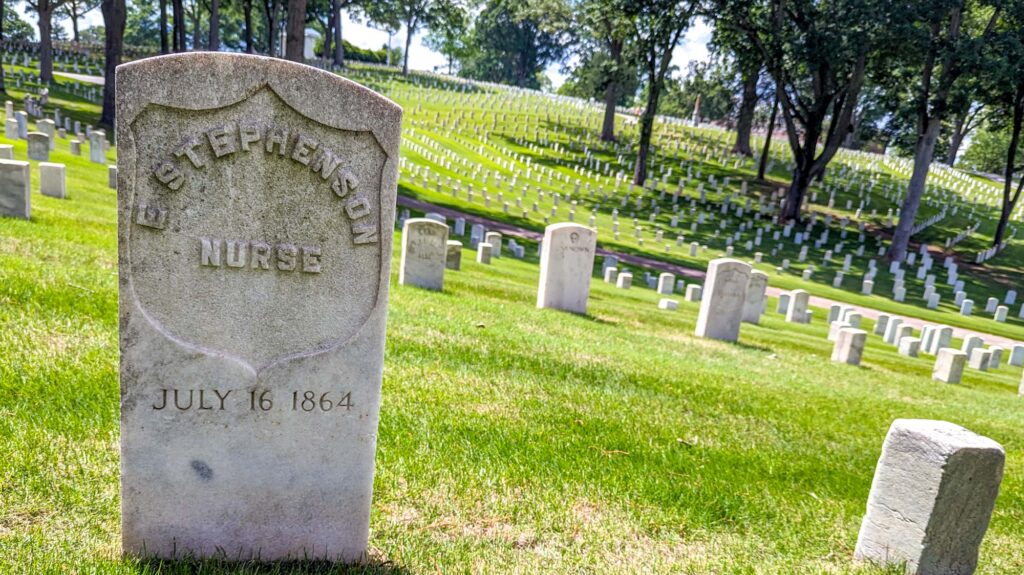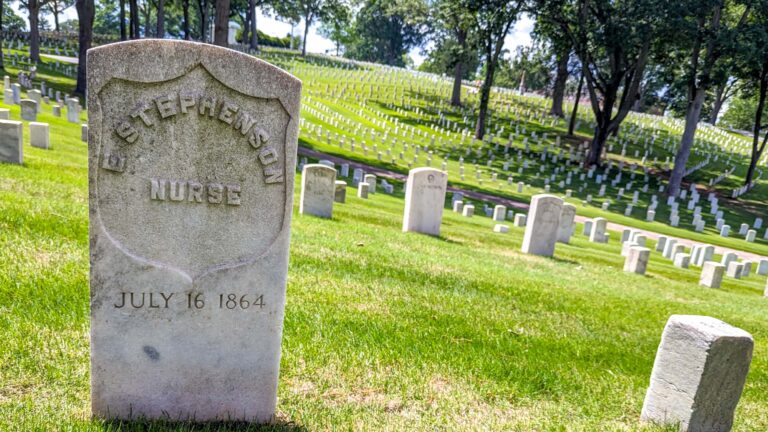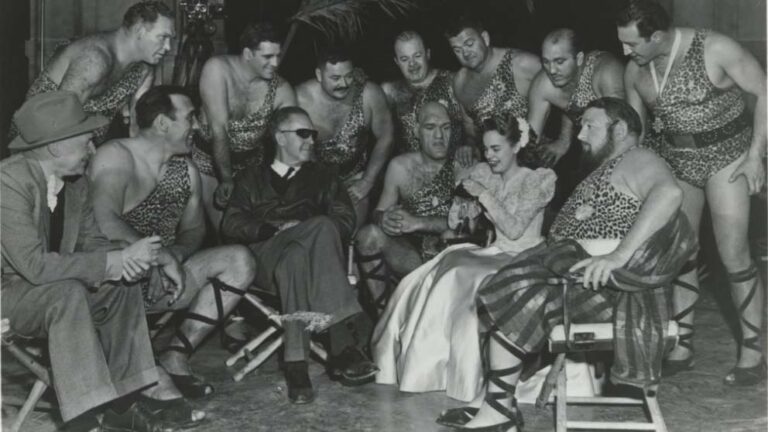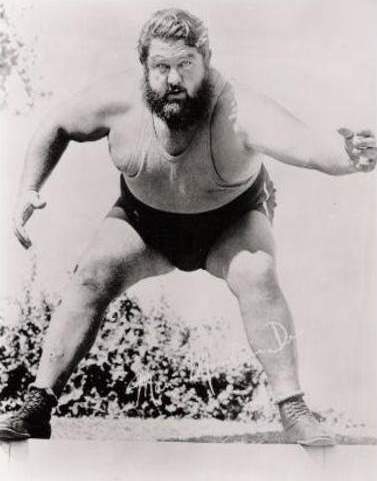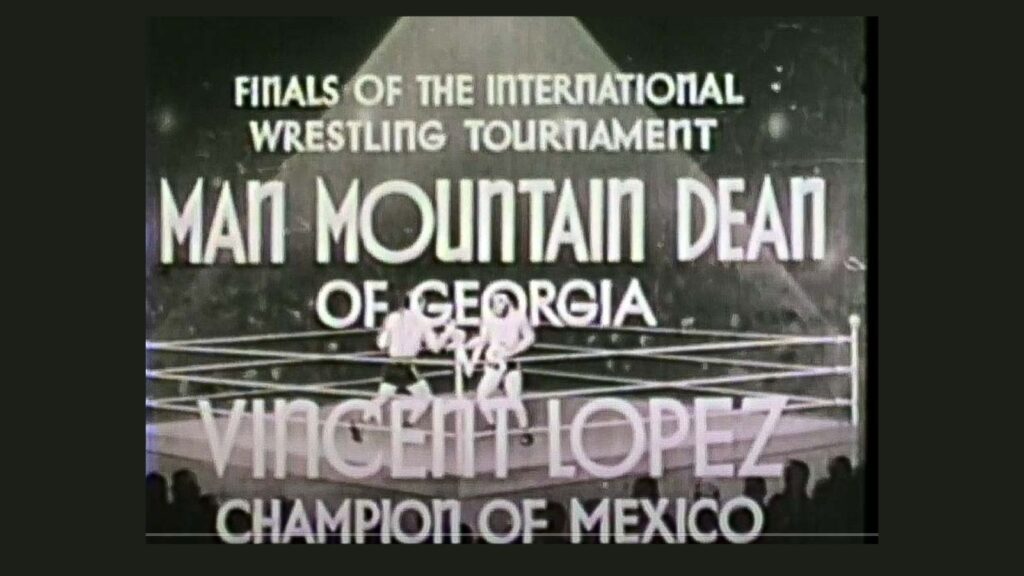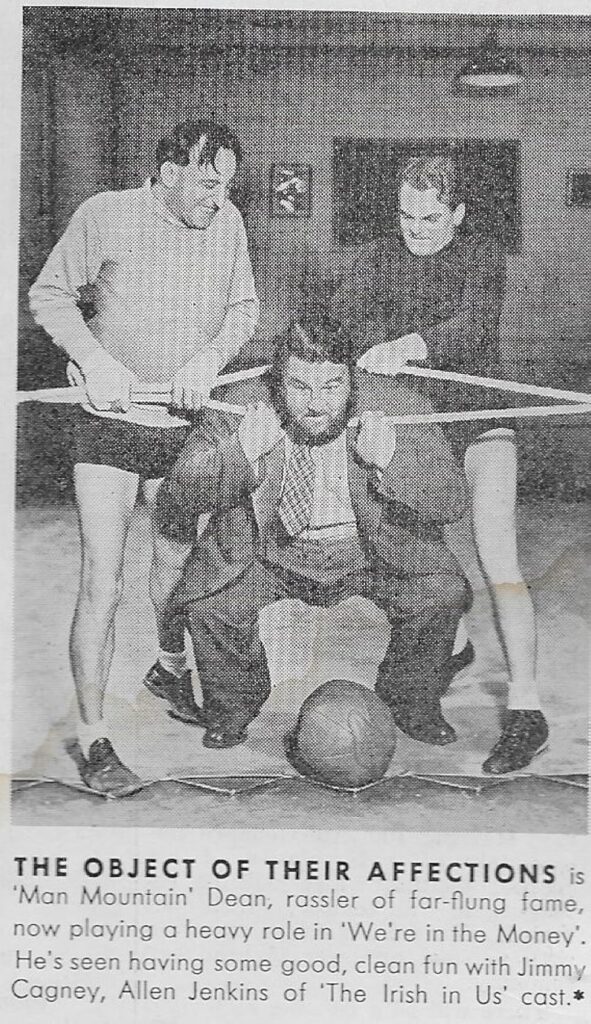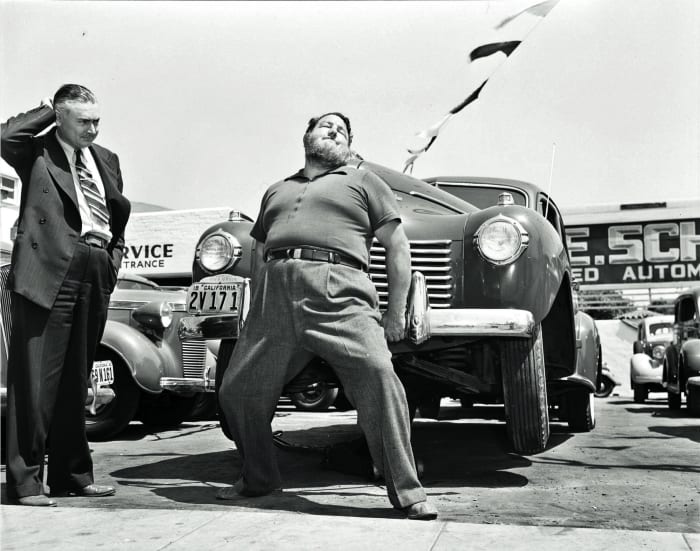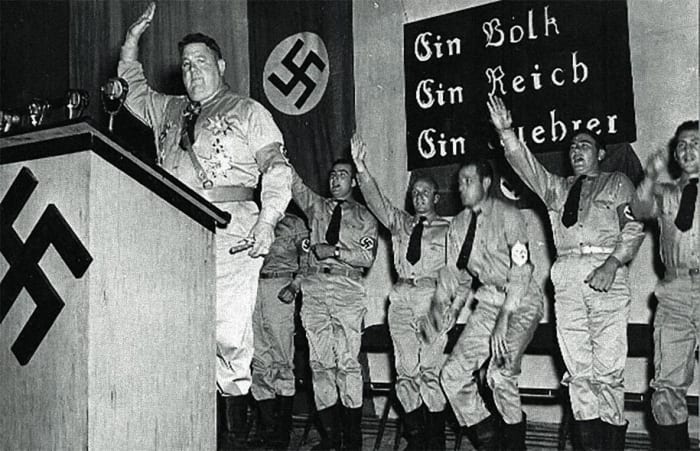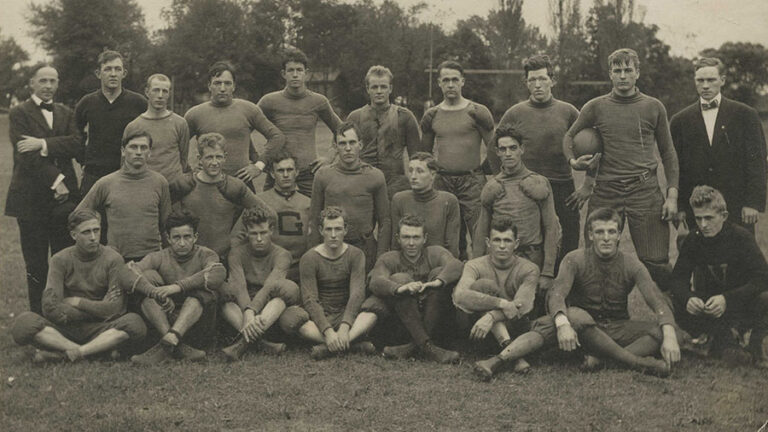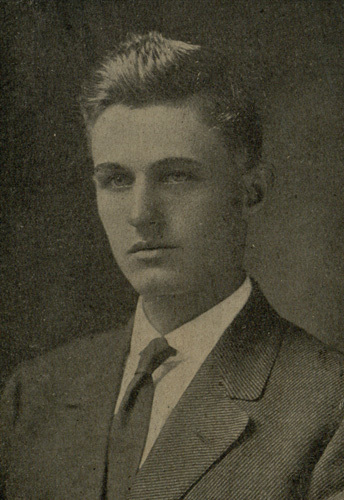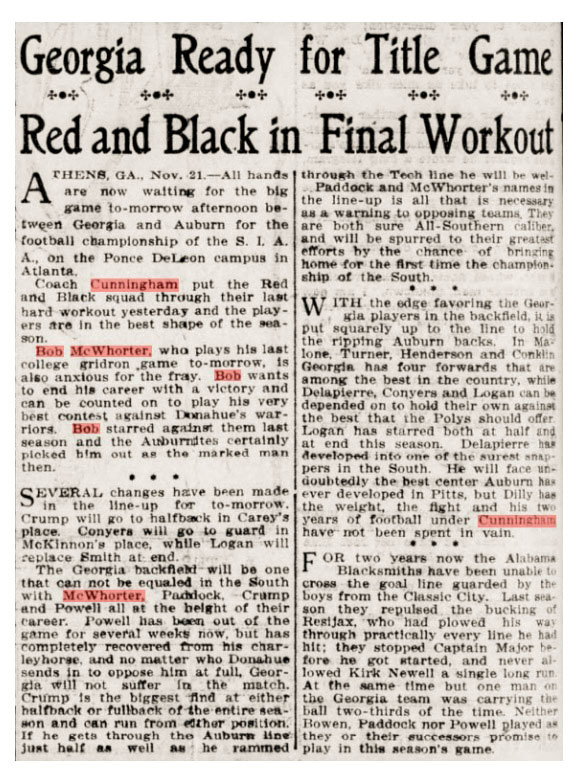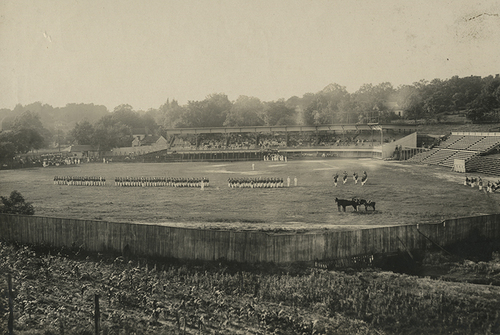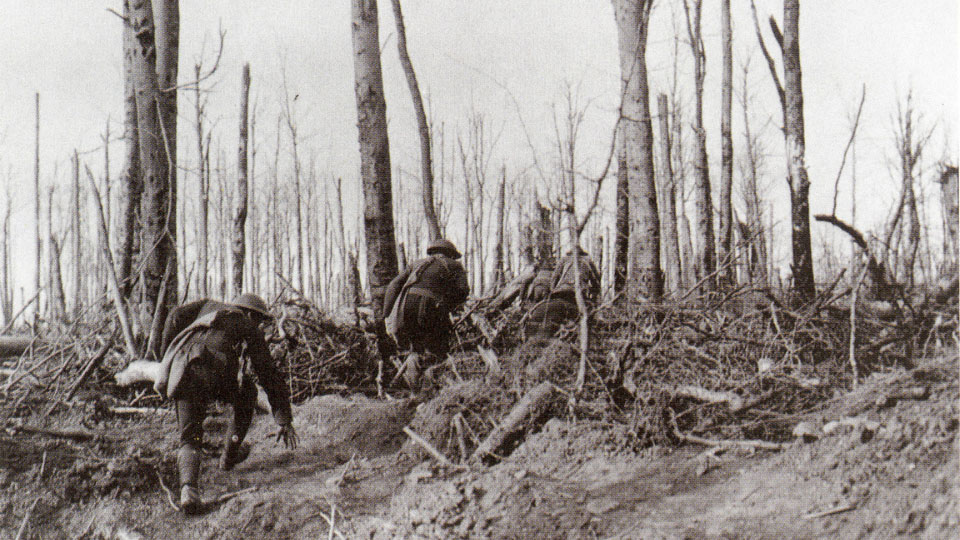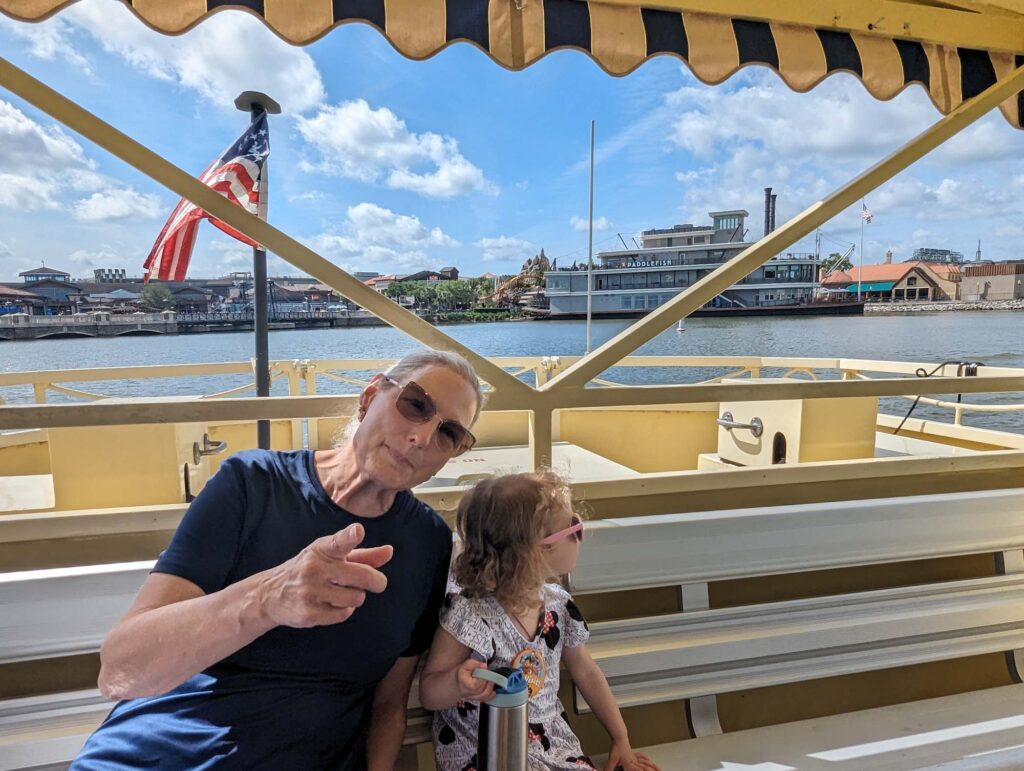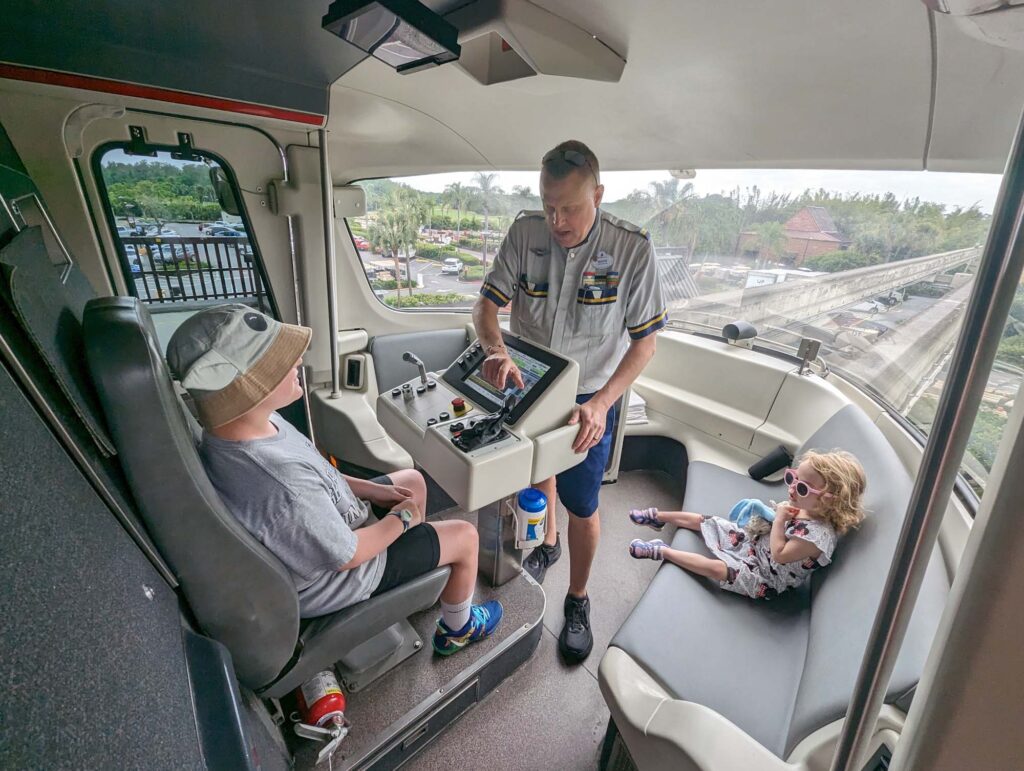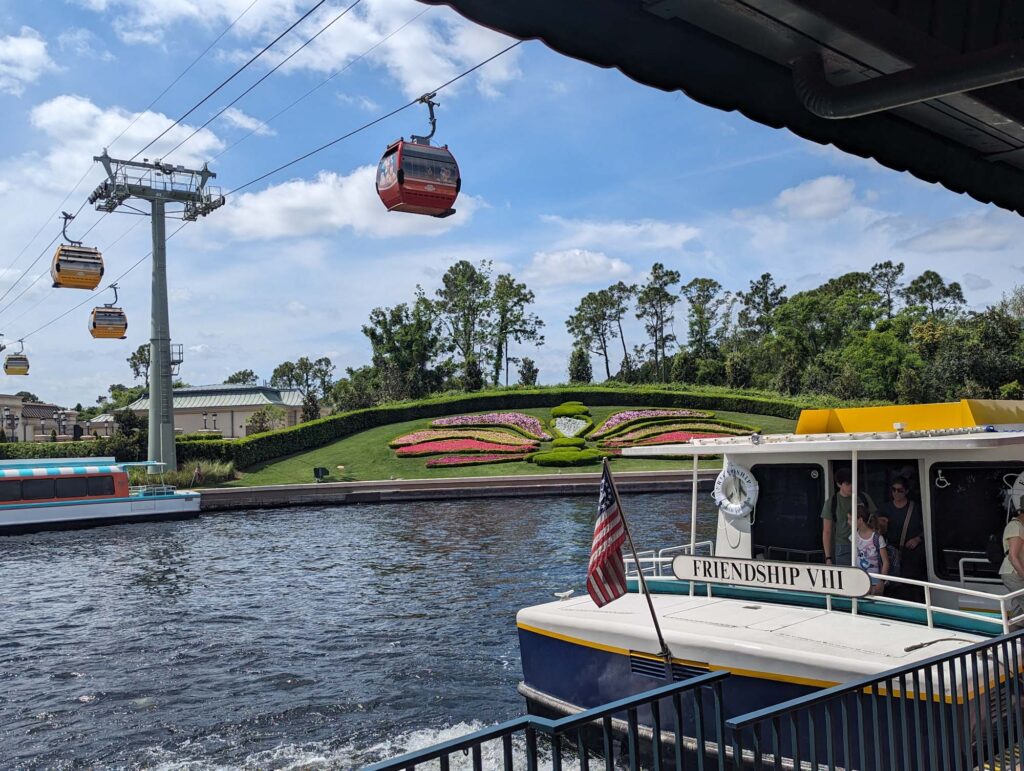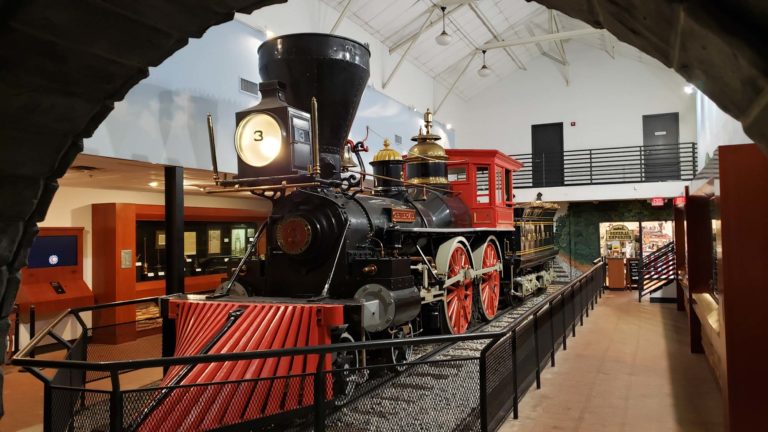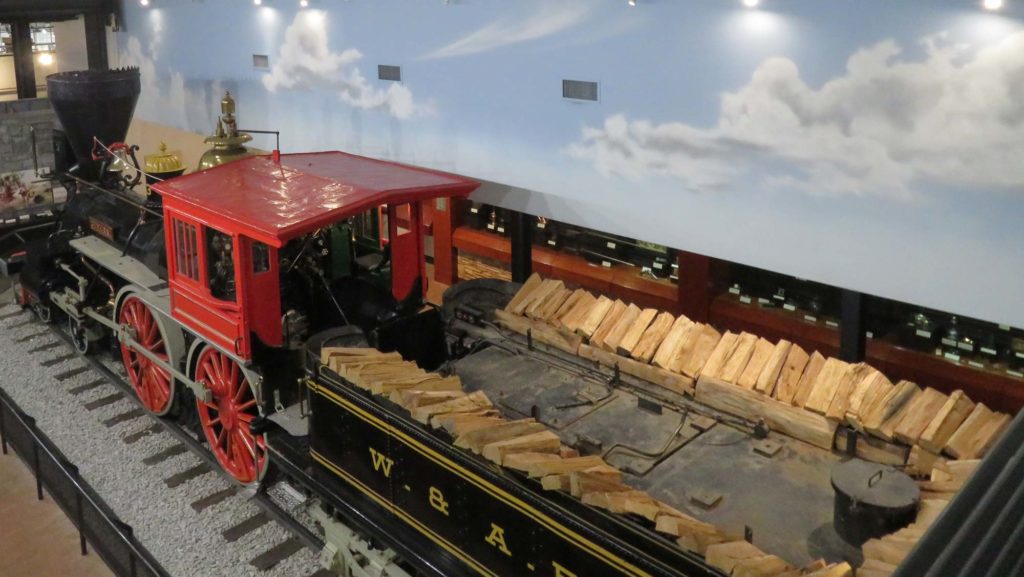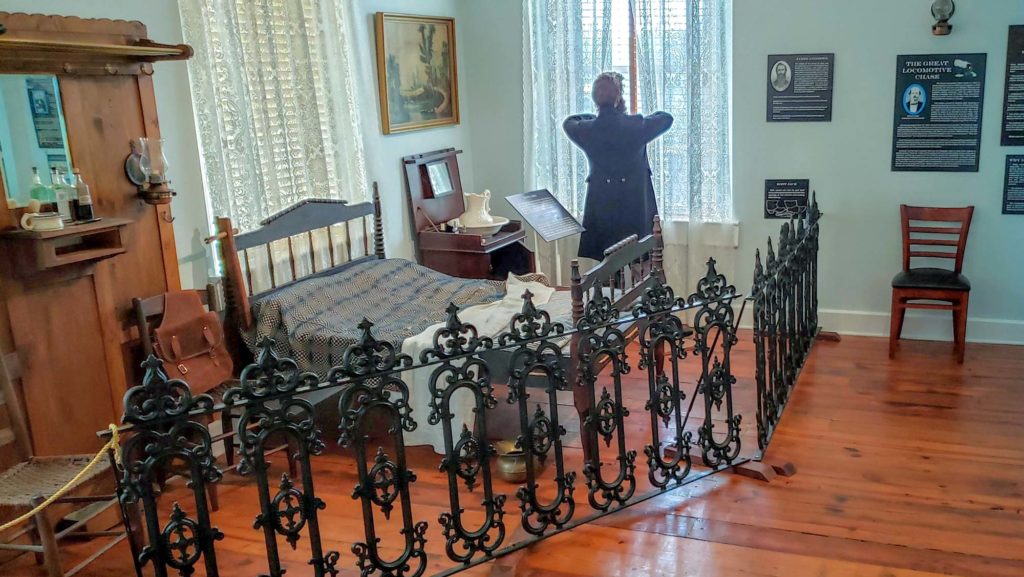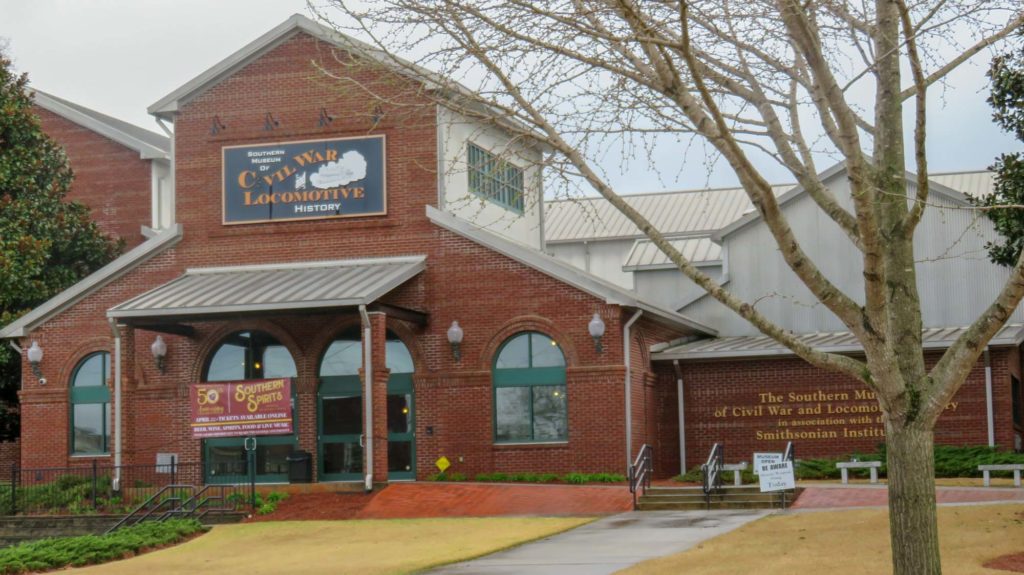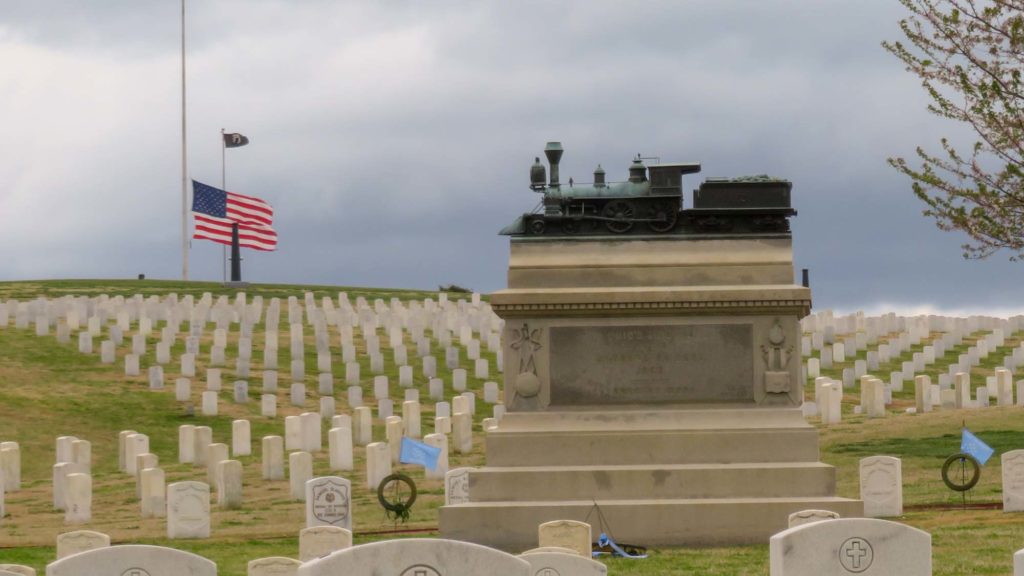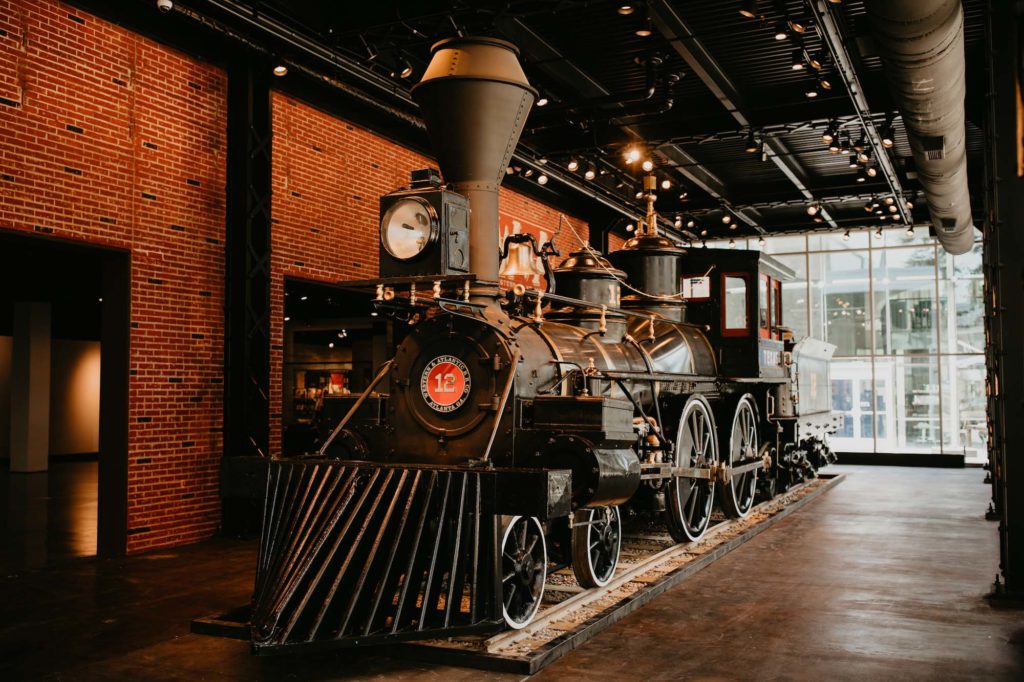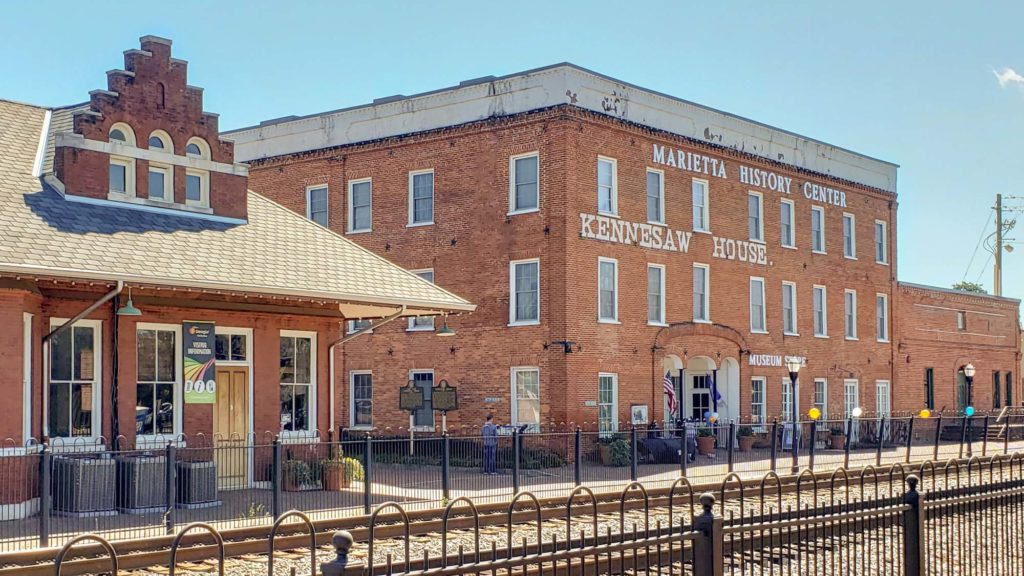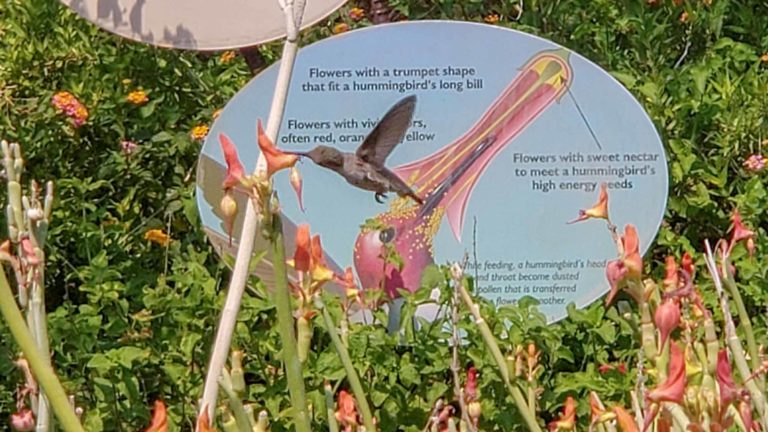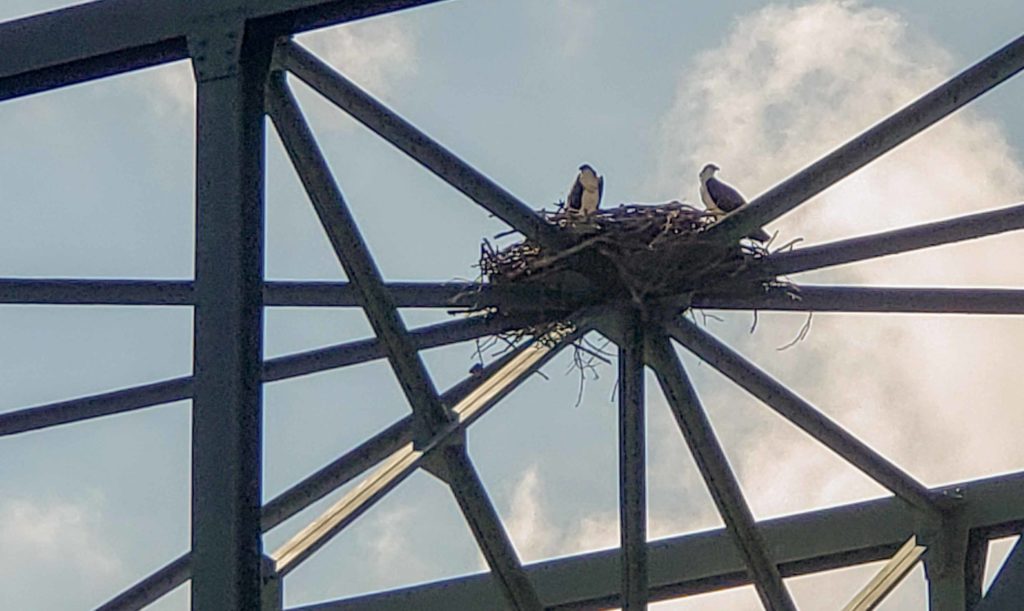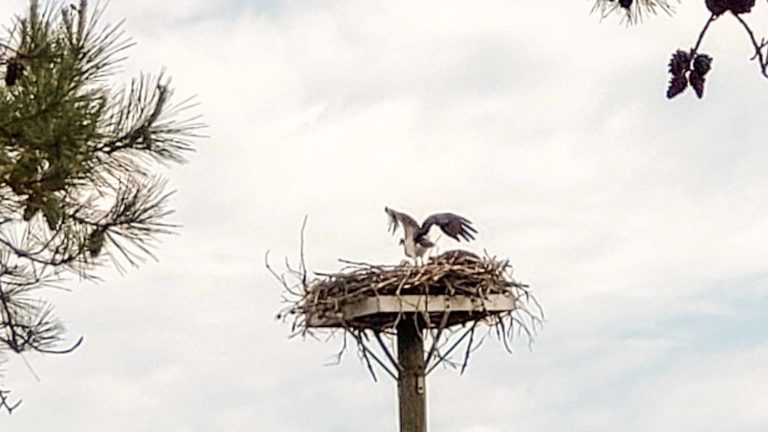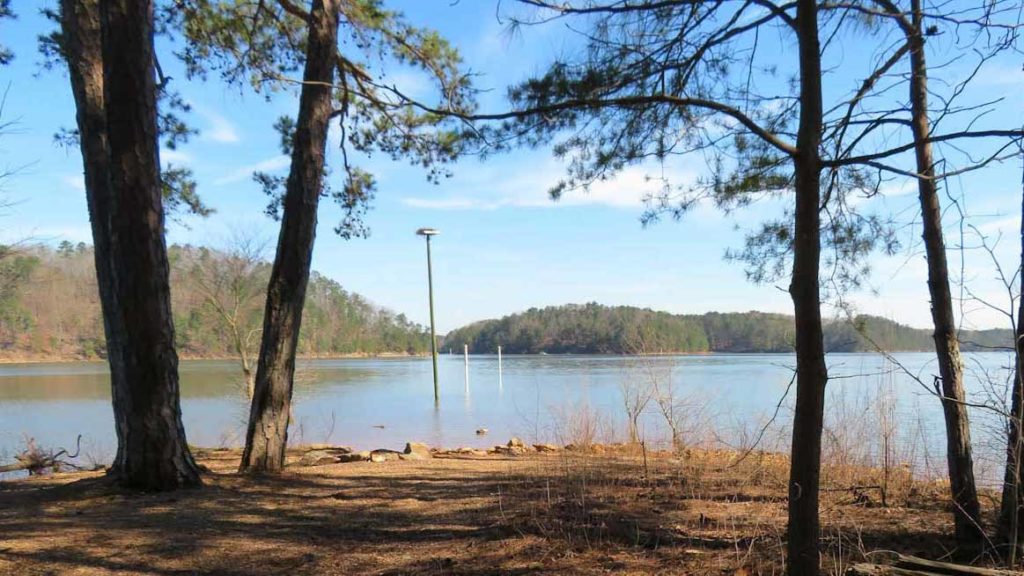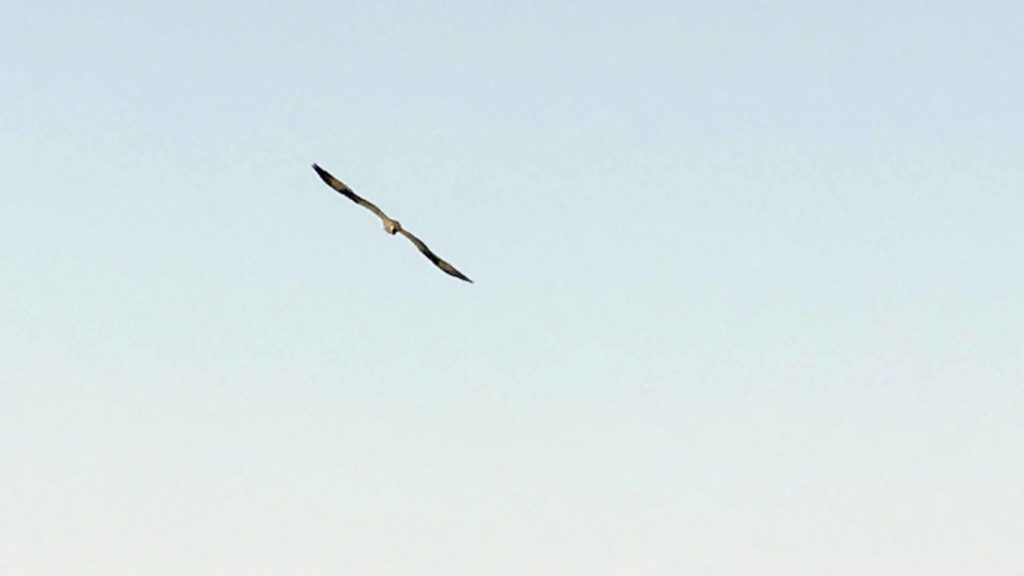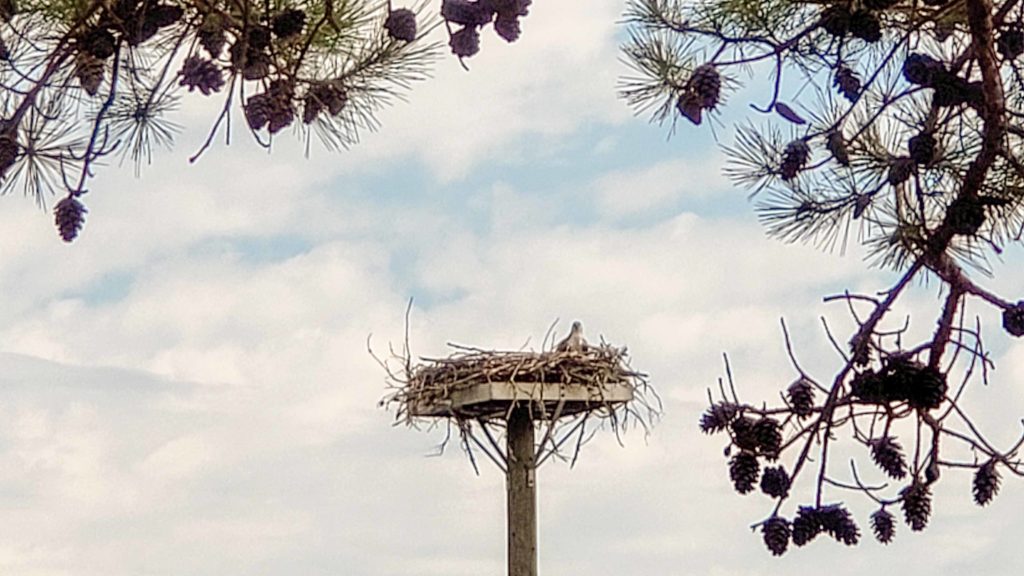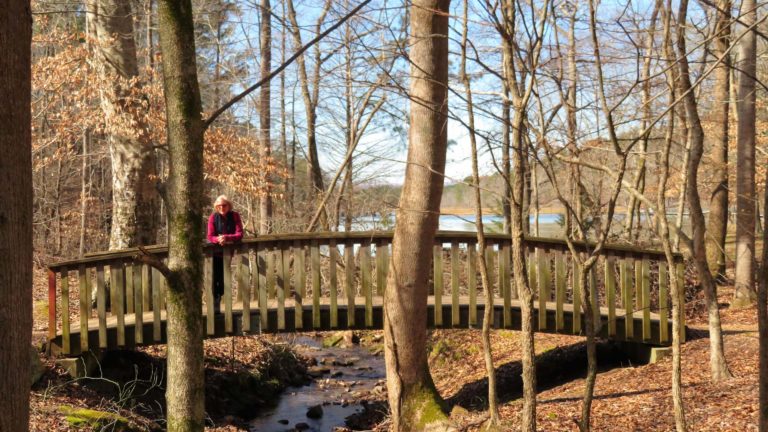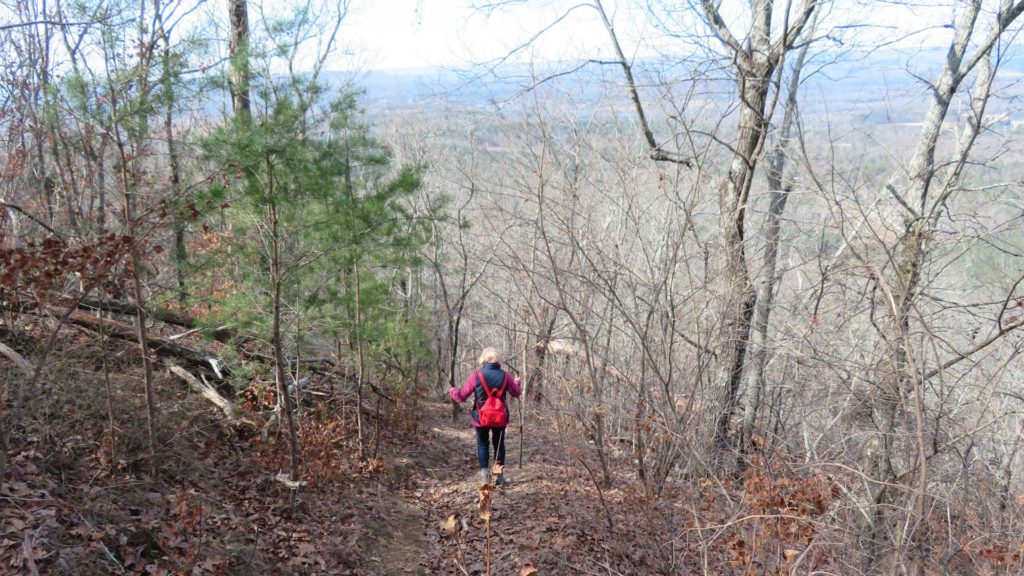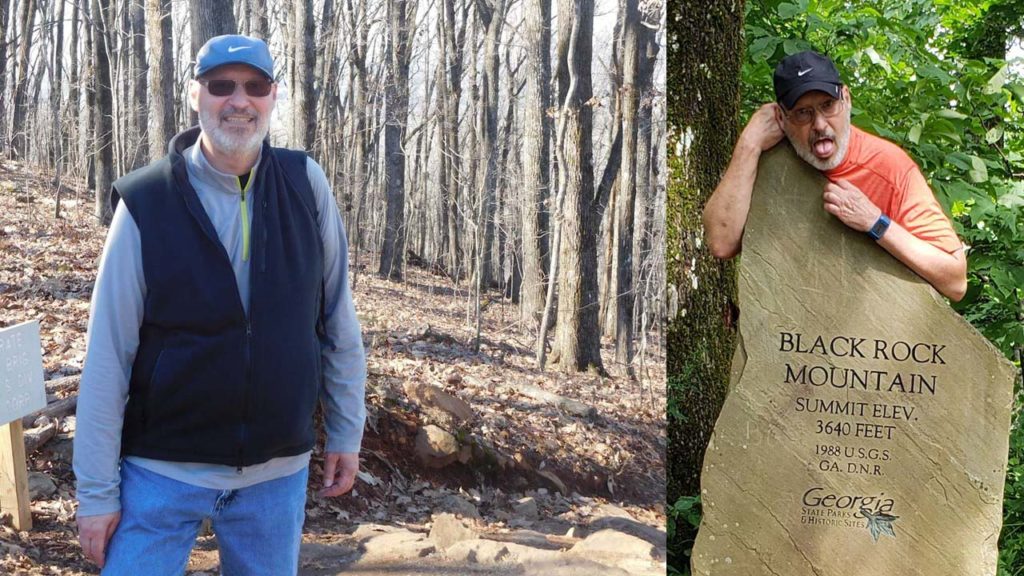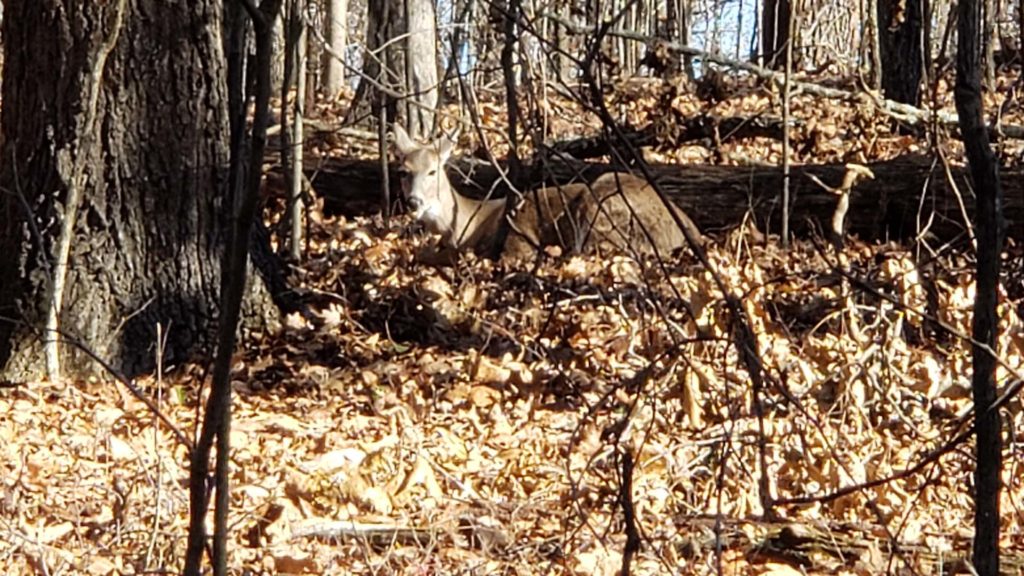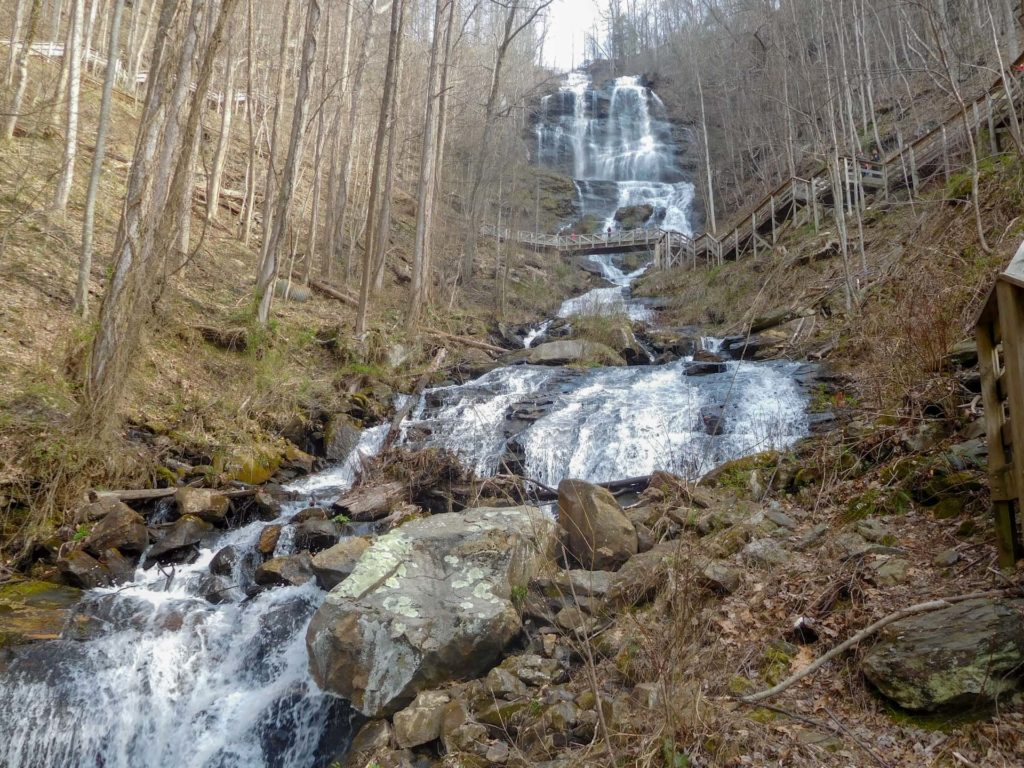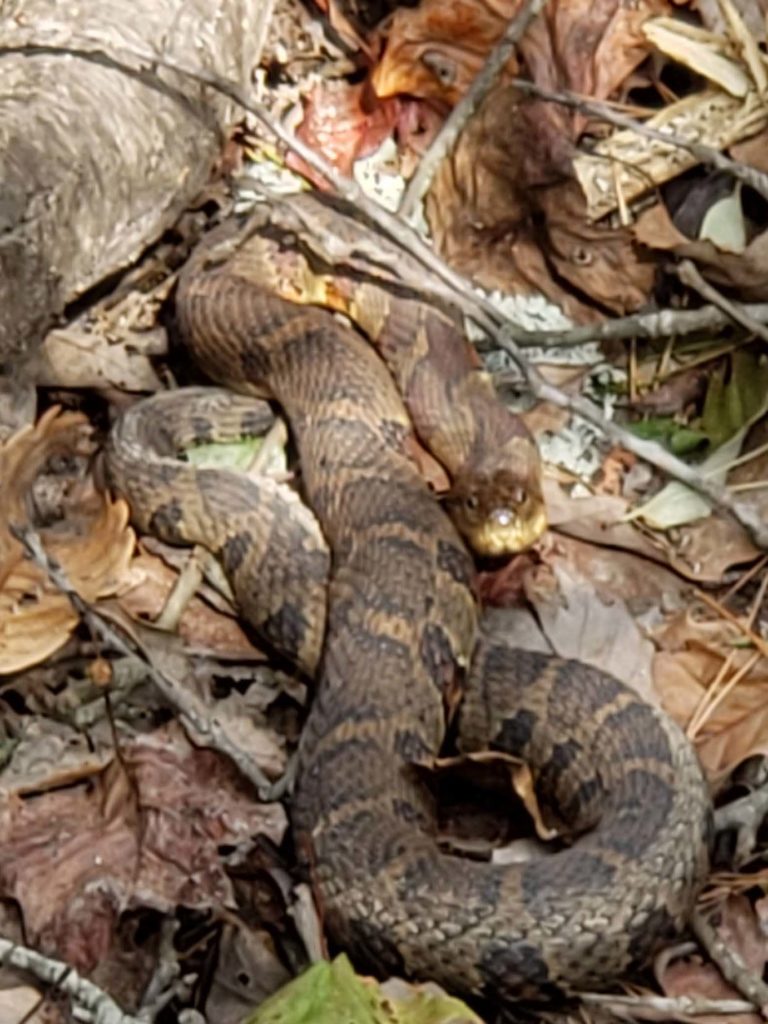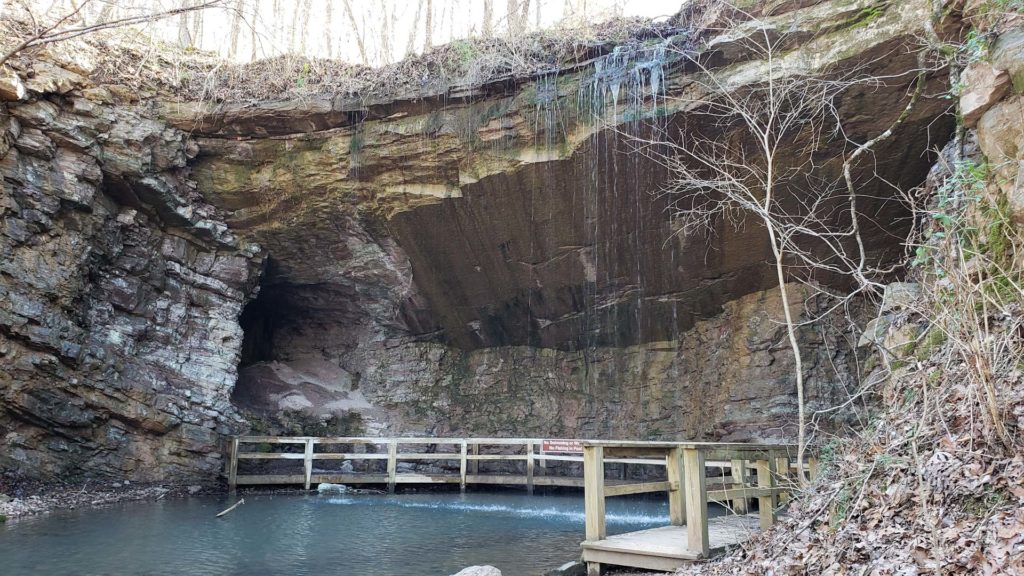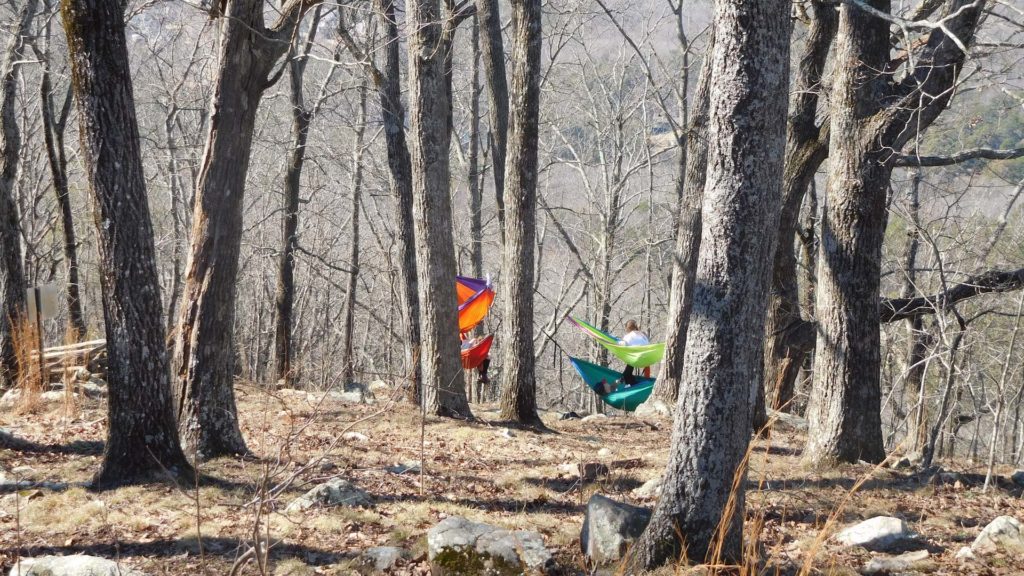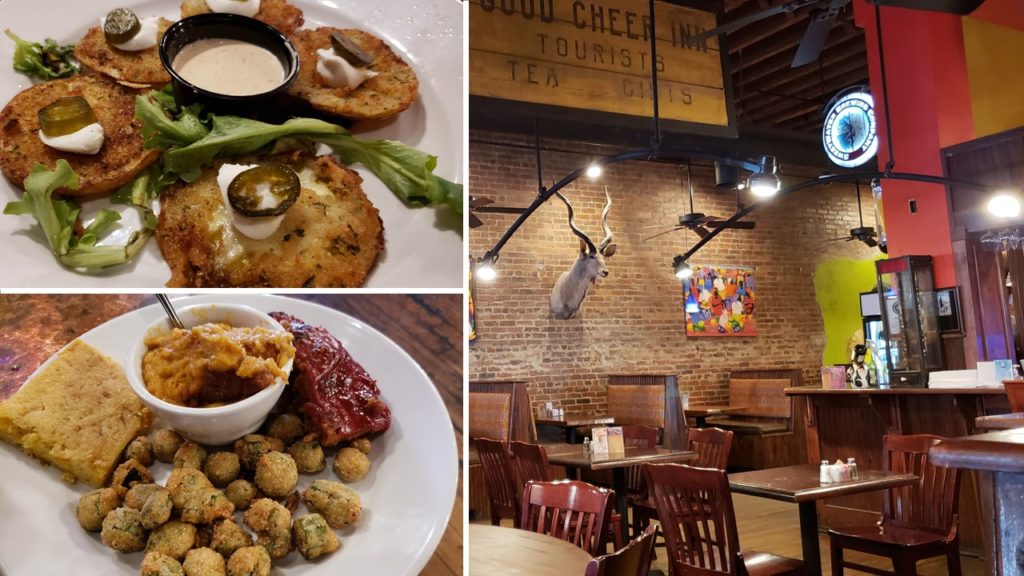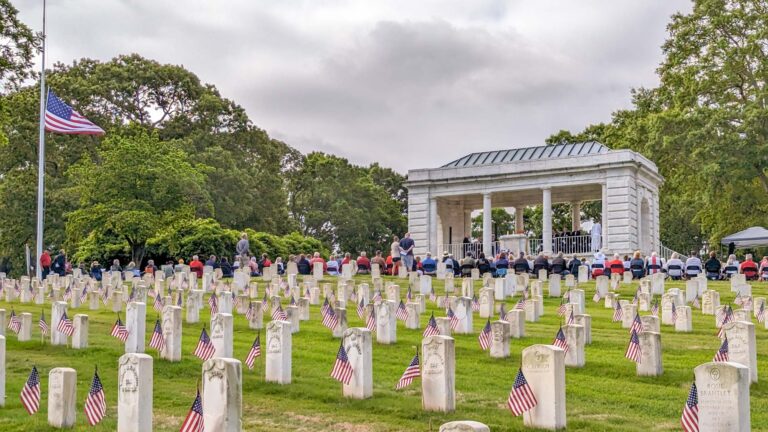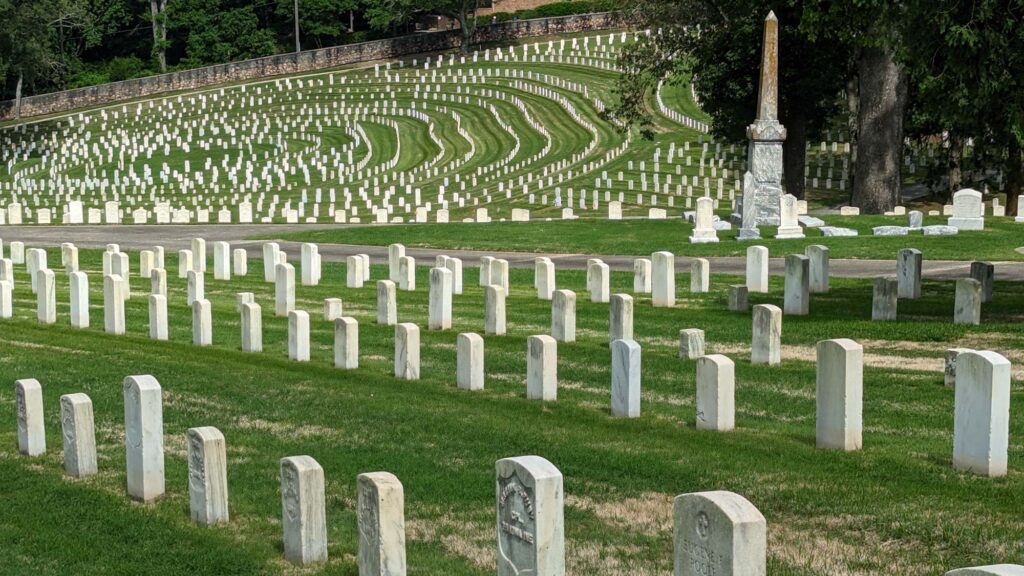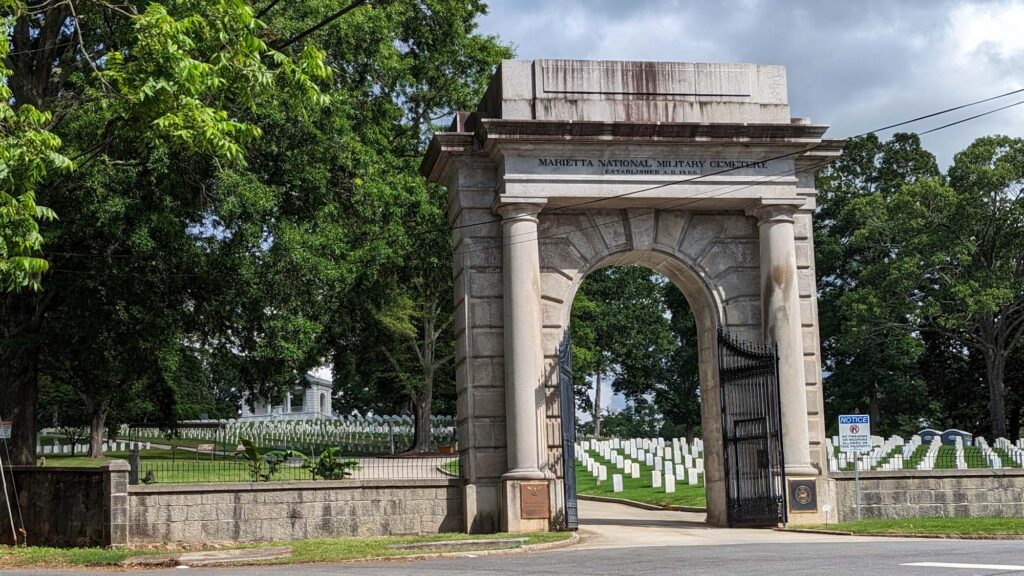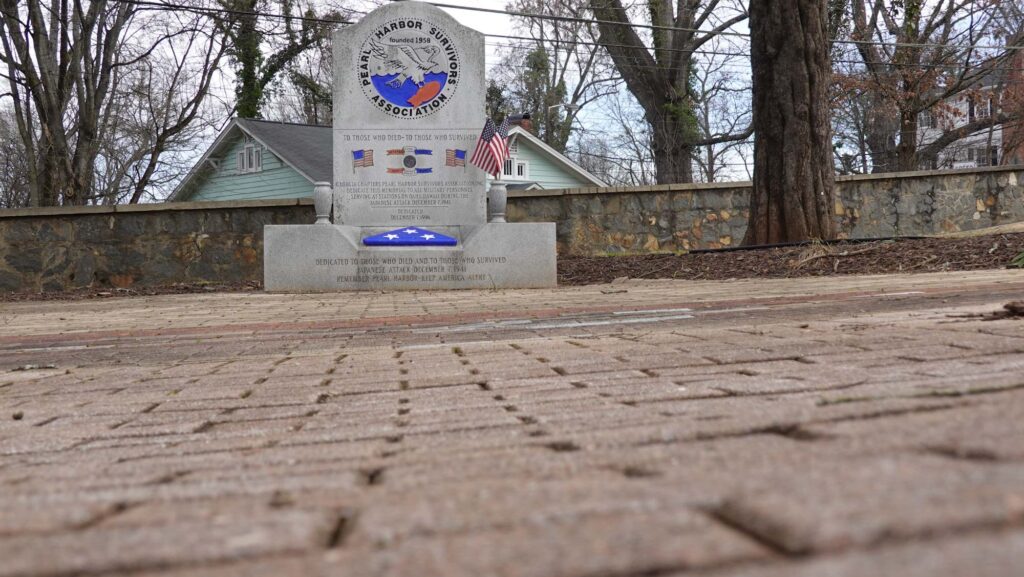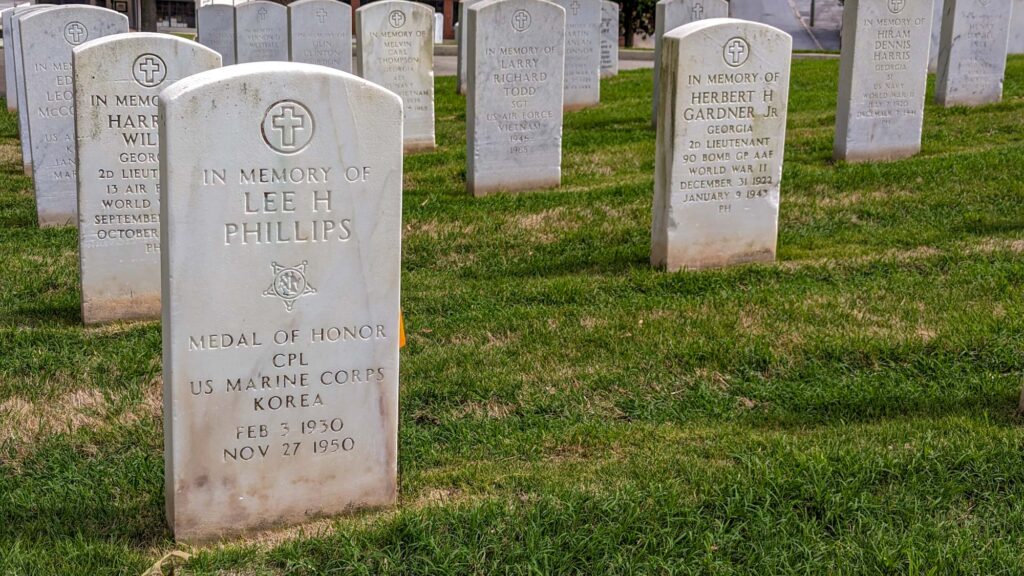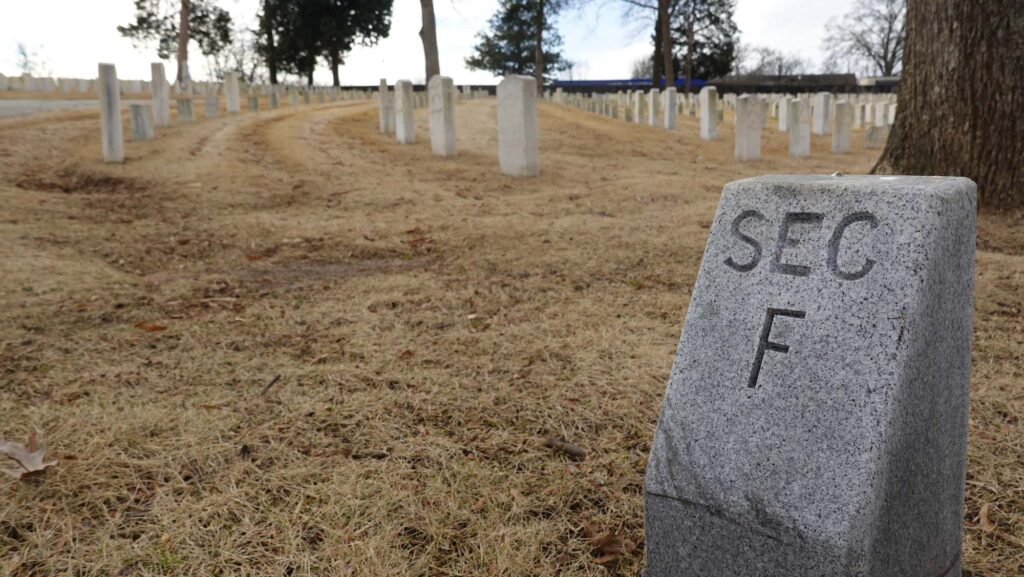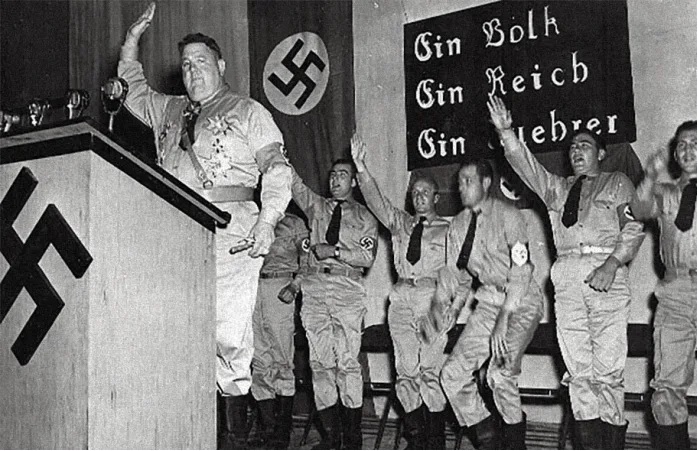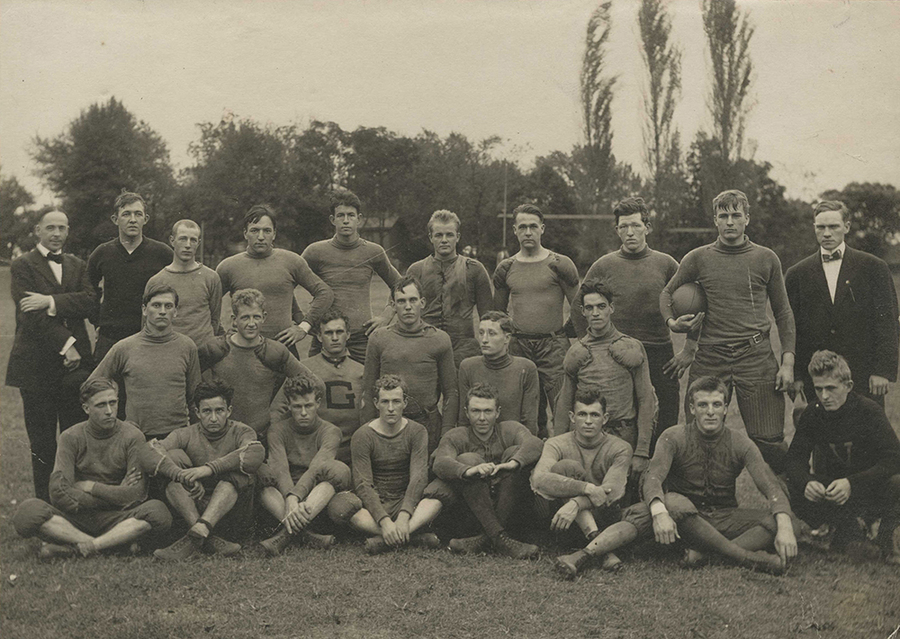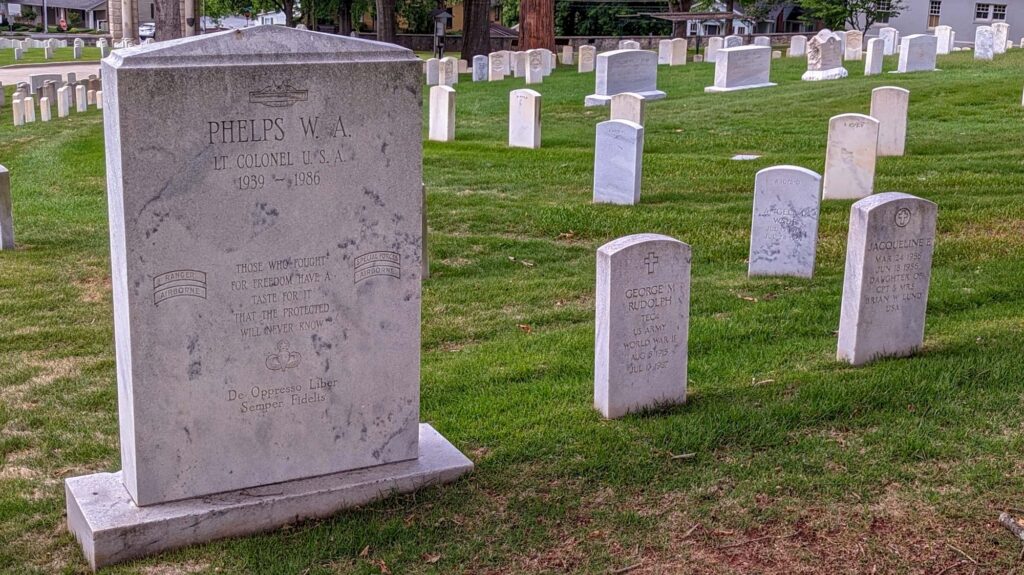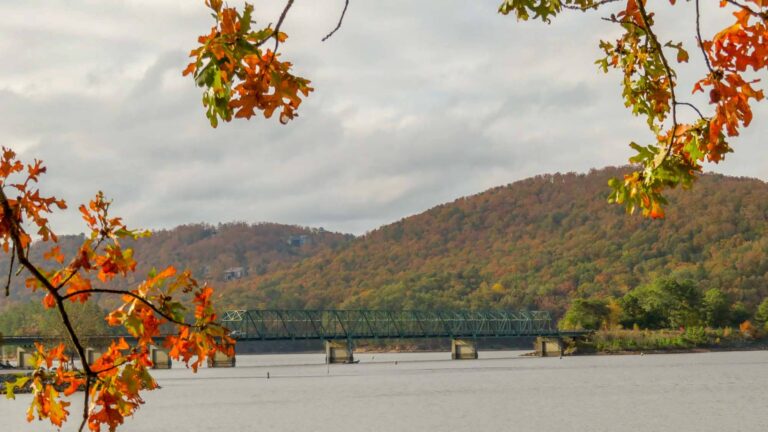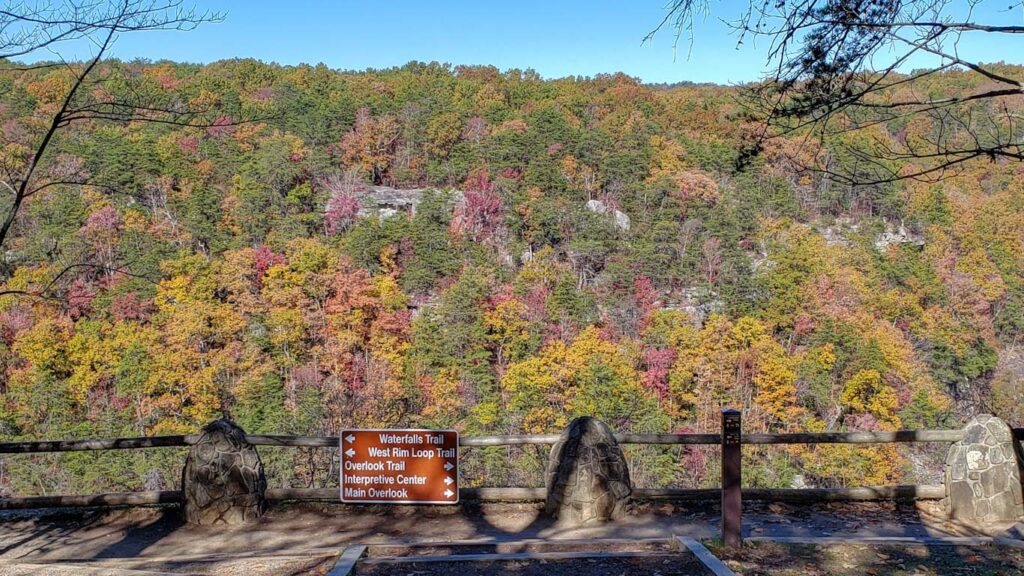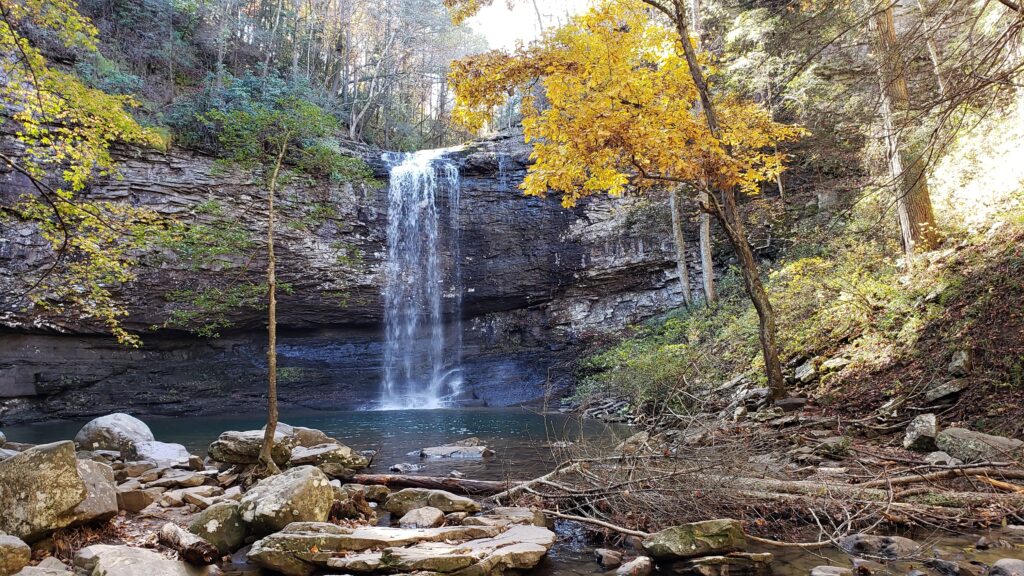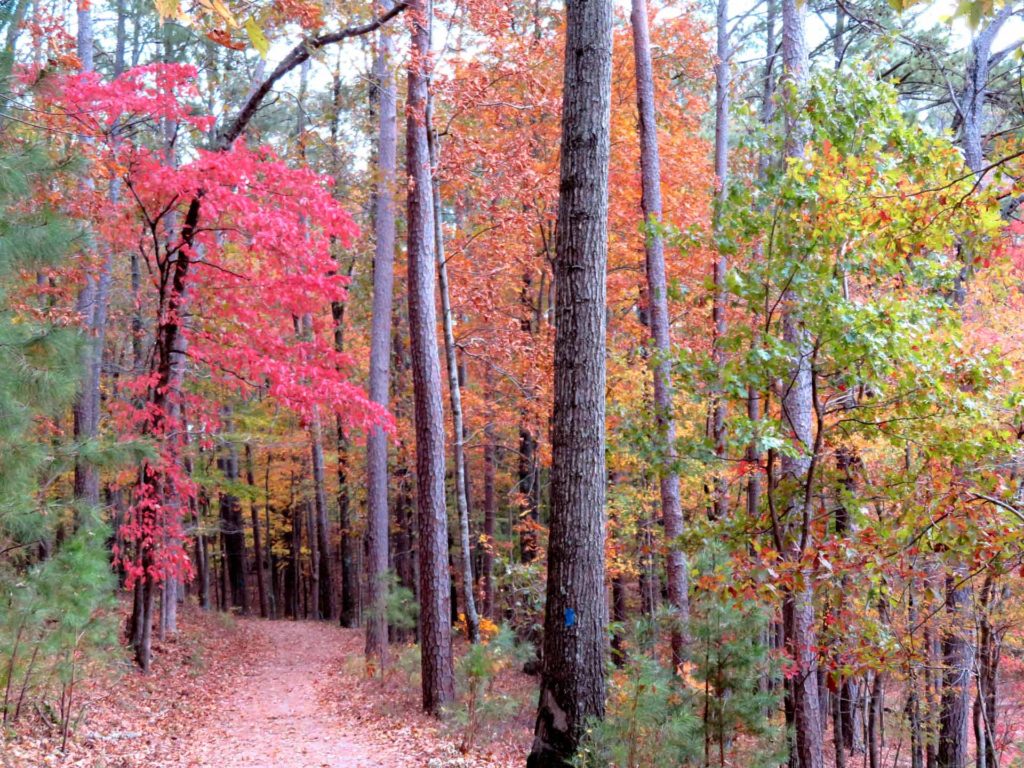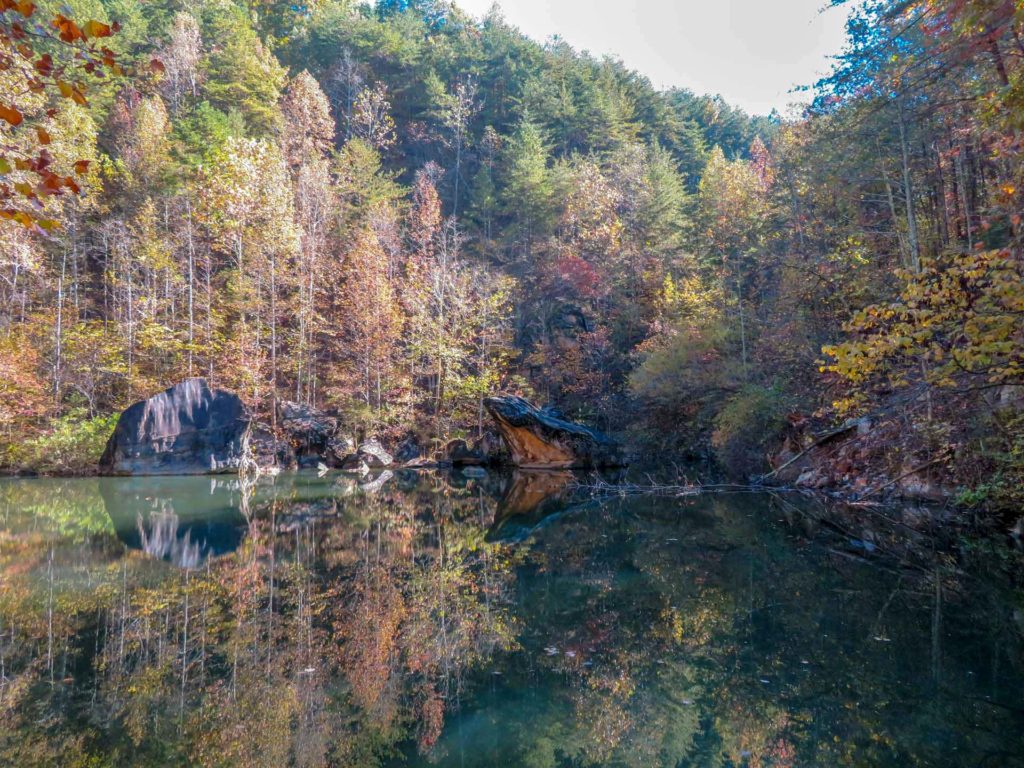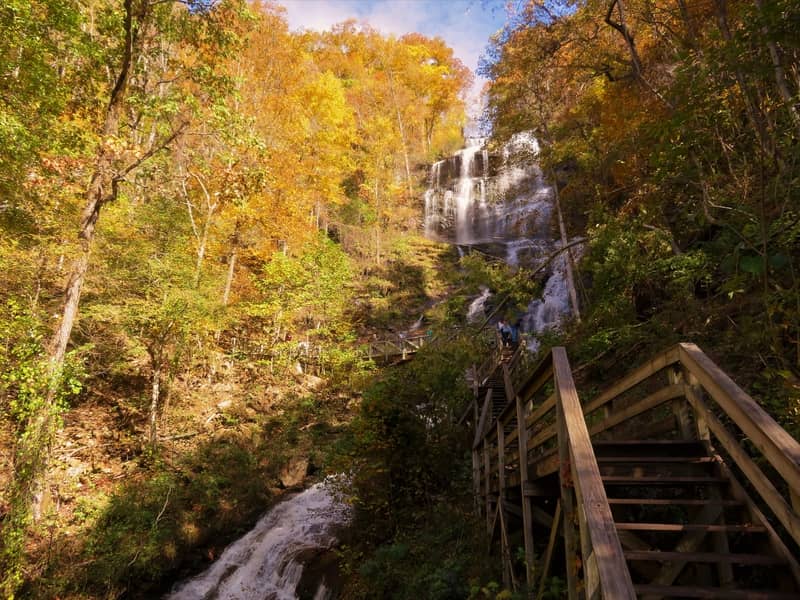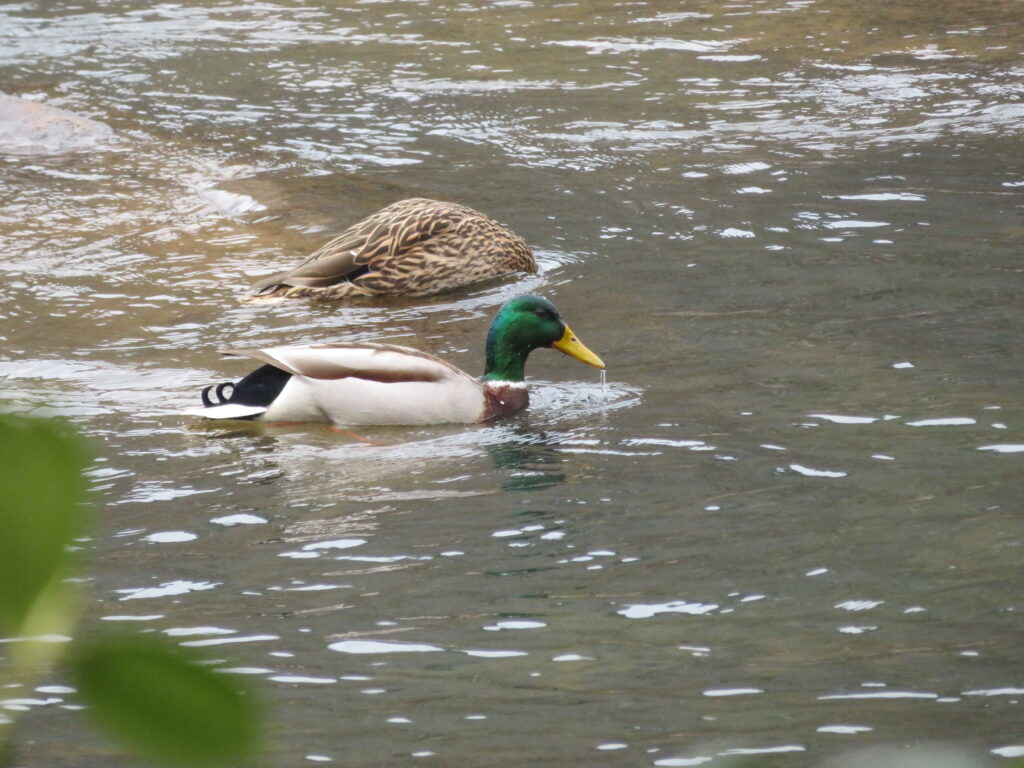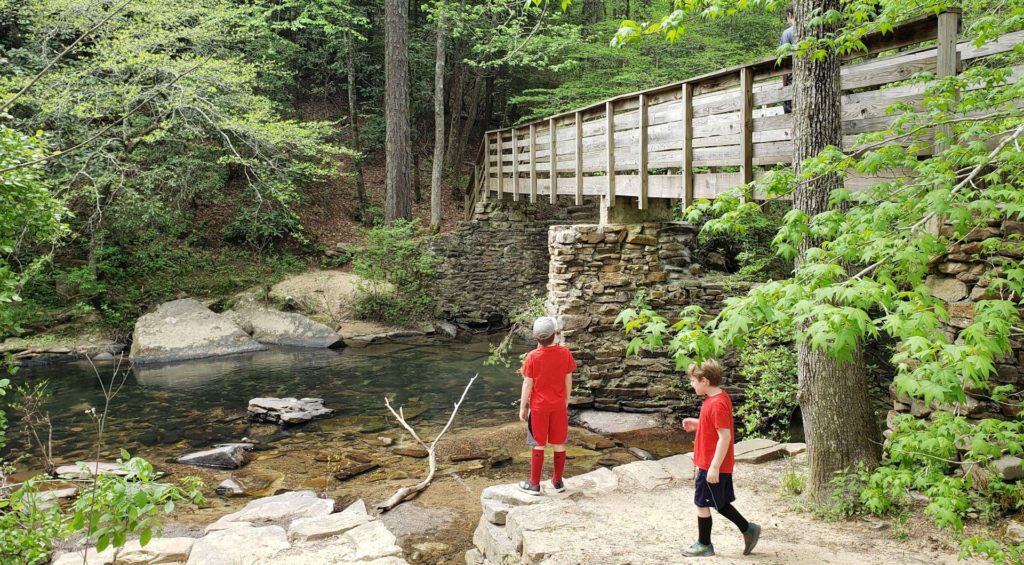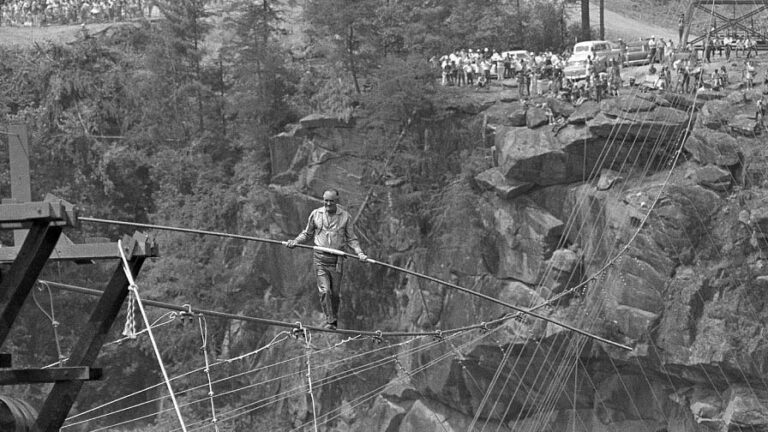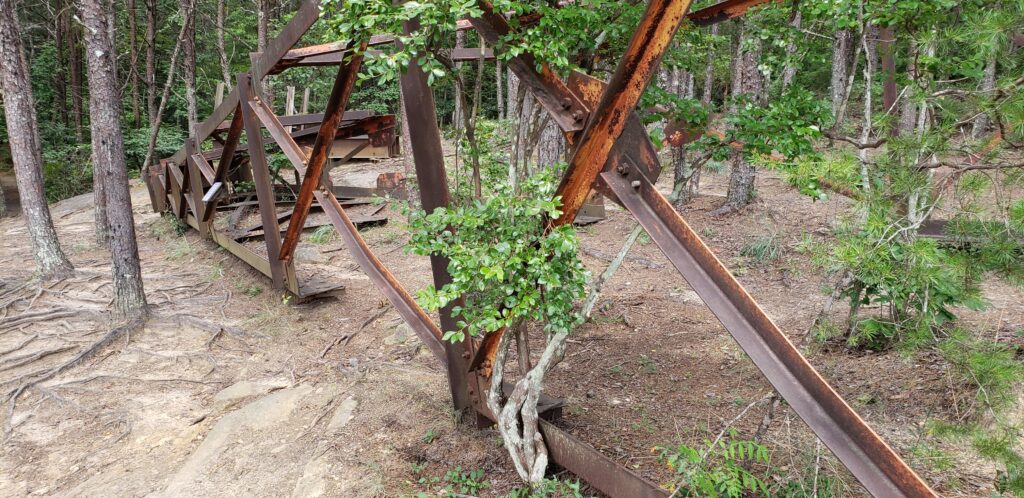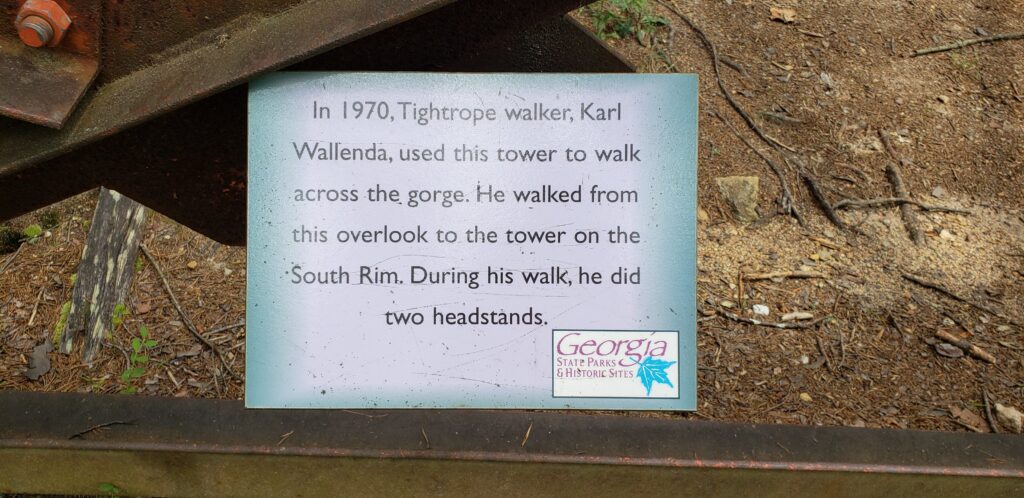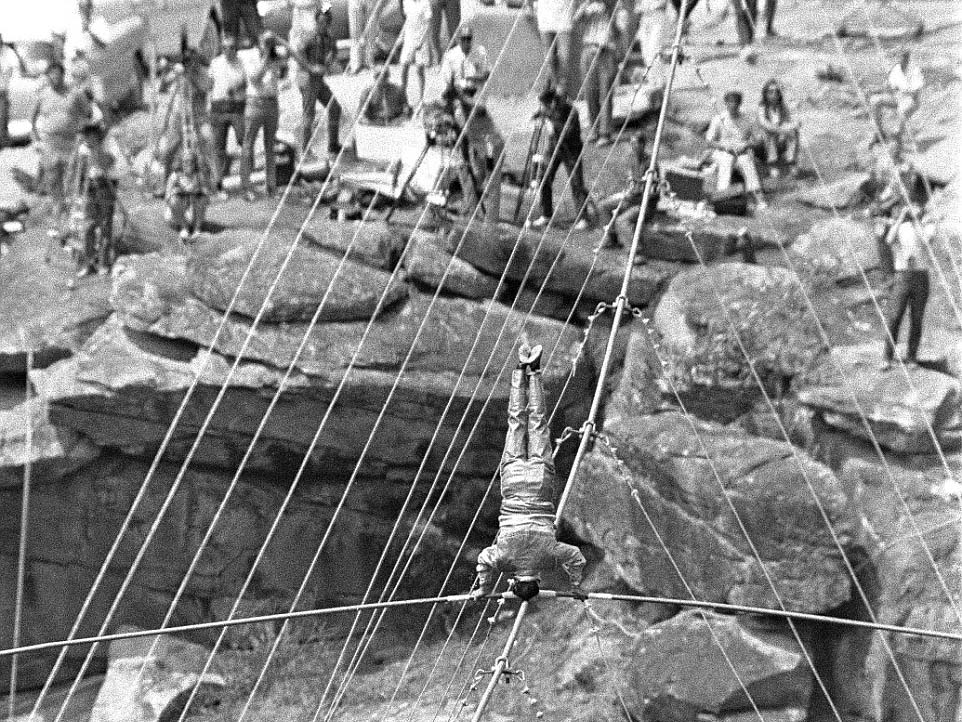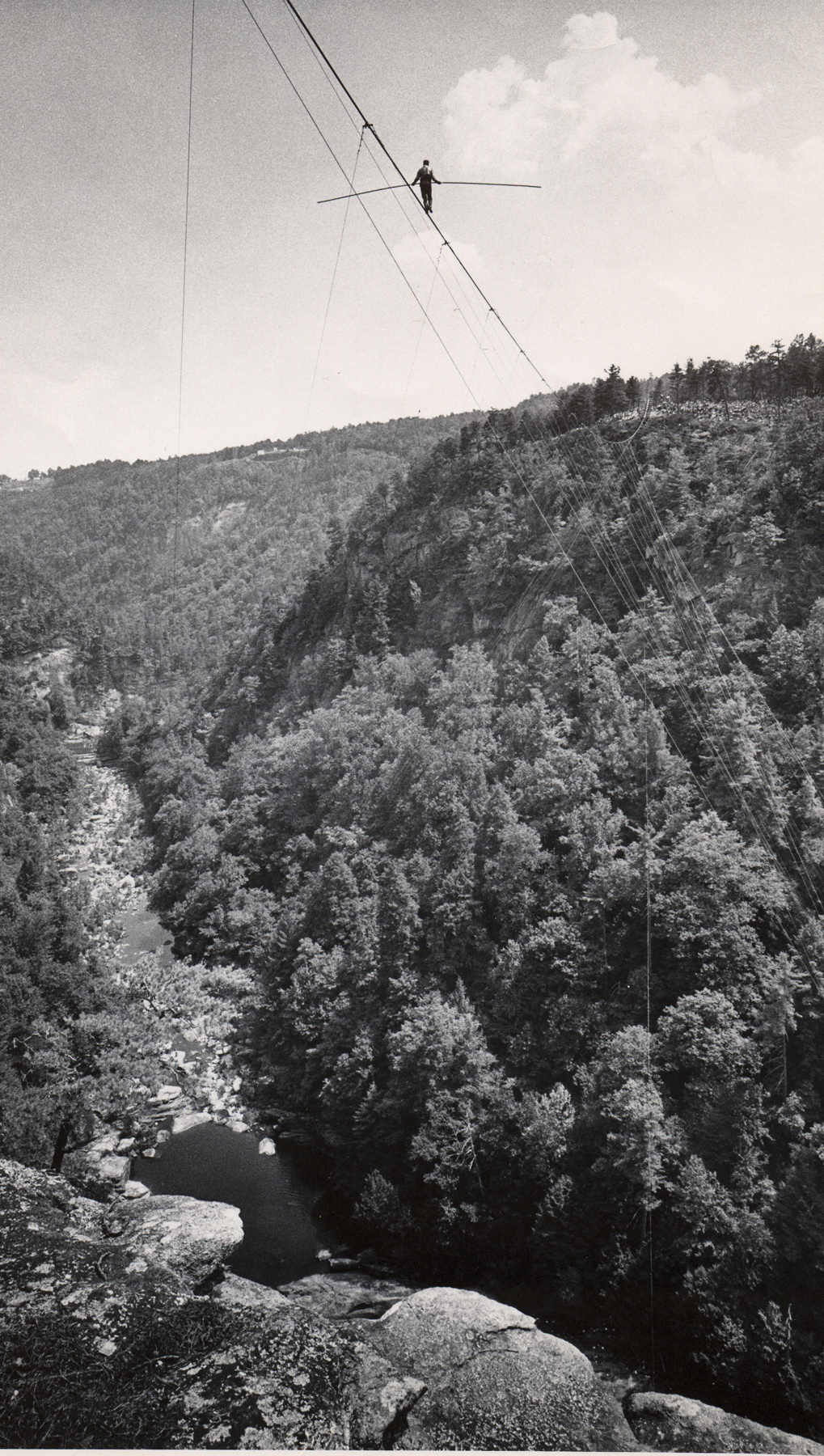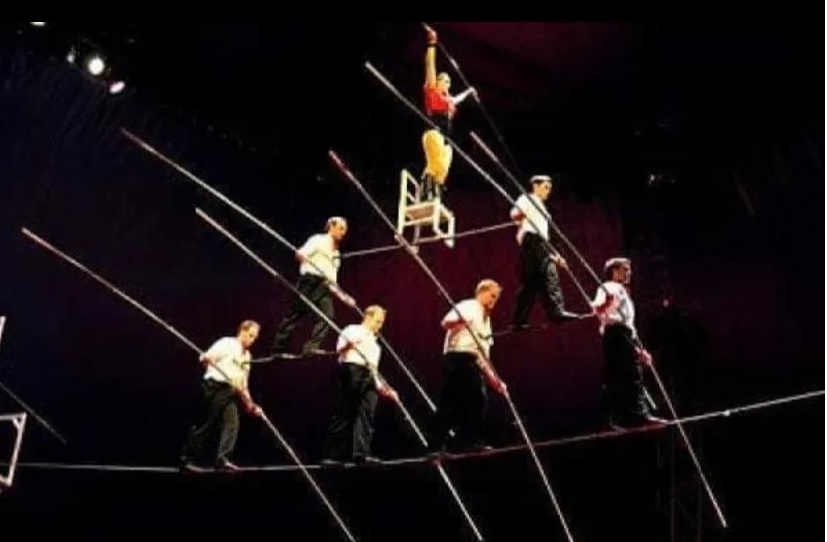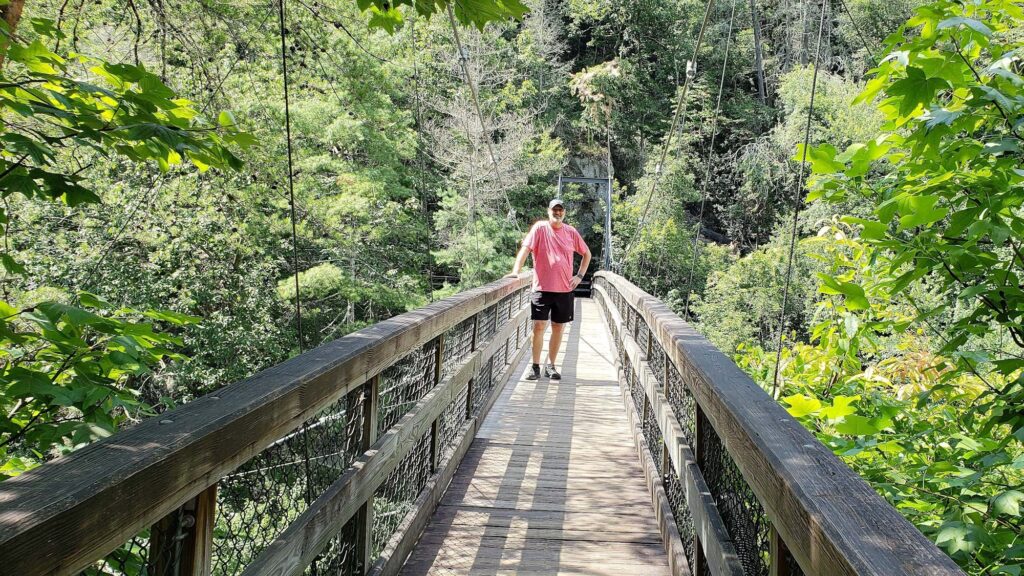Though she likely never served in the US military, Emma Stephenson was laid to rest at Marietta National Cemetery, a symbol of thanks and in commemoration of the comfort she provided to injured and dying soldiers.
Little is known about how the formerly enslaved woman came to serve as a heroic nurse in a Union Army hospital near Marietta, GA. And like countless enslaved persons, even less is known about her birth, early years and her path to becoming a free woman of color. But what we can deduce from stories like hers and learn from the few facts available is that Emma Stephenson definitely earned her final resting place in a US national cemetery among those for whom she cared.
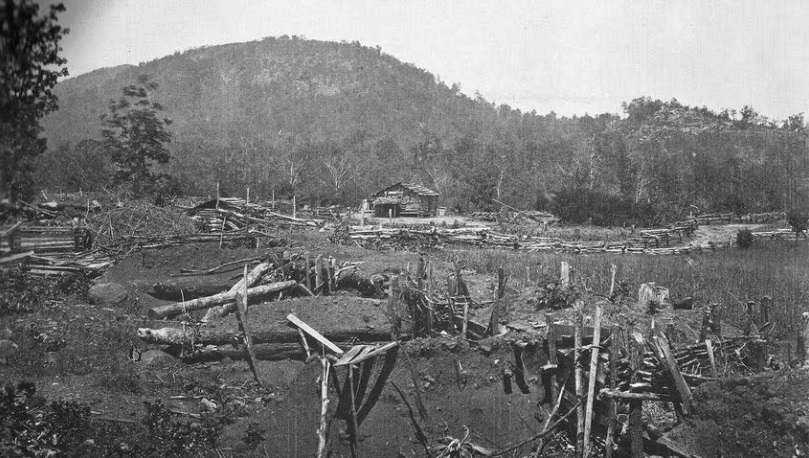
Conflicting Records
Conflicting accounts indicate that Stephenson likely was born into slavery in either Kentucky or Tennessee. She likely was freed as a result of Civil War actions, when local occupation by Union troops resulted in the freeing of enslaved workers from the estates of their Southern masters.
A National Park Service biography indicates that she voluntarily served as a nurse with the U.S. 17th Army Corps, part of General William T. Sherman’s Army of the Cumberland which fought throughout the South. The NPS biography also indicates she may have been born and enslaved originally in Kentucky.
Other accounts suggest she was born and enslaved in Tennessee, then volunteered as a nurse when freed, accompanying the 44th US Colored Infantry as part of Sherman’s forces. Civil War Union Army records and battlefield accounts from the NPS and other sources indicate that the 44th US Colored Infantry participated in Sherman’s Atlanta Campaign and March to the Sea.
“We have a slave woman who cares for us on this floor. She has kindness and treats us with tender care.”
A film shown at Kennesaw Mountain National Battlefield Park recalls Stephenson’s recorded service as a nurse for the Union Army. A PBS miniseries, Civil War: Untold Story also includes her story.
Battle of Kennesaw Mountain
At the center of Emma Stephenson’s known story sits the Battle of Kennesaw Mountain, which took place in June 1864. After several frontal attacks by the Union Army on entrenched Confederate positions, the Confederate Army withdrew to the Southern bank of the Chattahoochee River.
With more than 3,000 Union soldiers dead, wounded or missing, the Union Army established a hospital at the Masonic Lodge in Marietta for the Union wounded. It’s here that Emma Stephenson’s service was recorded. And it’s also here where she would die, her life taken by a camp and hospital disease outbreak less than one month after the Battle of Kennesaw Mountain.
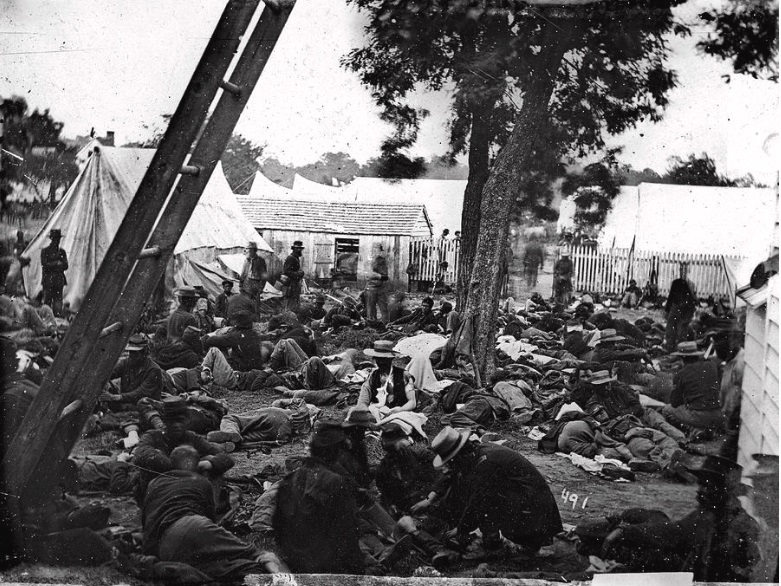
Letters of Union soldiers to their families back home provide primary sources about Emma Stephenson’s service in the hospital. Those letters often refer to her as the “slave nurse,” although she was a free woman. Often according to journals of the time, the hospital nurses wrote the letters on behalf of the injured soldiers. The family of Asa Soper, an injured soldier from the 30th Illinois, received one of those letters.
His letters states: “”Mother, I take my pen in hand to write you a few lines. I hope you are well. I am in a building and dry. The few nurses here work all day and night. We have a slave woman who cares for us on this floor. She has kindness and treats us with tender care. But my only hope is to come home to you.”
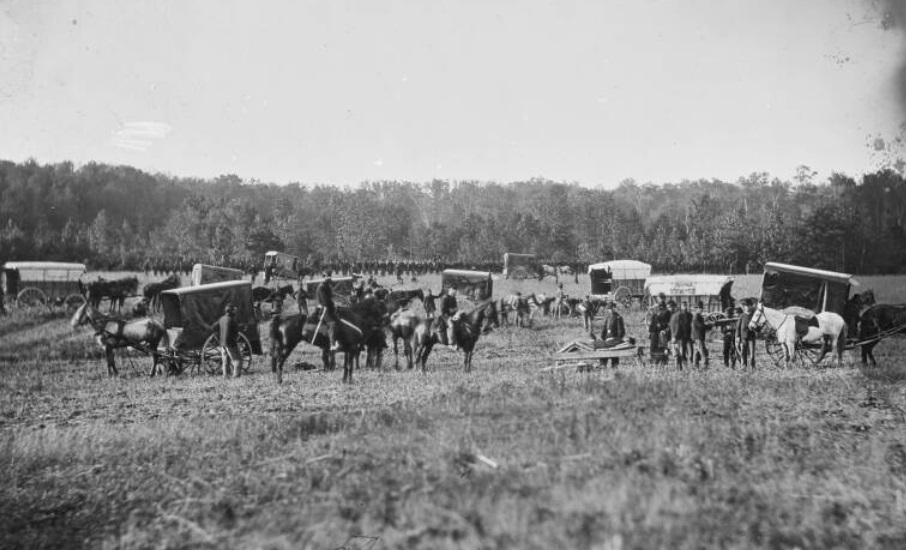
Nursing in the Civil War wasn’t the medical profession we know today. Most nurses came to the role with no medical training. Instead, they offered traditional caregiving roles that deemed appropriate extensions of their domestic duties at home. But the scale of the war and number of injuries eventually resulted in nurses providing more medical support — usually out of necessity and often over the objection of doctors. Though they didn’t assist in surgery, nurses witnessed and treated graphic wounds and amputations that were emotionally draining. Letters and articles of the time show that the work was both physically and mentally taxing, often requiring long hours in overwhelmed facilities.
Providing Care
And the hospital conditions were horrible. Often using buildings that had survived or were damaged by battles and skirmishes, hospitals occupied hotels, commercial buildings and even homes. According to the National Museum of Civil War Medicine, the physical arrangements were chaotic.
Makeshift beds—often just straw or blankets on the floor—were packed closely together to accommodate the wounded soldiers. Surgeons worked at rudimentary operating tables, frequently simple wooden planks set on barrels or crates. Sanitation posed a significant issue; blood-soaked bandages, amputated limbs, and other medical waste often littered the ground nearby, contributing to a pervasive stench and the spread of infections. The air was thick with the smell of sweat, blood, and antiseptics like chloroform and ether, mixed with the nauseating odor of gangrene and other infections. Patients groaned and screamed in pain as surgeons performed amputations and other procedures, often without adequate anesthesia.
Rows of wounded men with missing limbs or severe injuries awaited surgery or suffered in agony following procedures. The constant activity of doctors, nurses, and orderlies rushing between patients added to the sense of urgency and despair.

Thus, without medical training and ill-equipped for the widening scope of their roles, Civil War nurses evolved in their roles or left “their soldiers” behind. Emma Stephenson stuck to her commitment, providing care and comfort.
A Hero’s Reward
After her death in the Union camp on July 16, 1864, from an unknown disease, Stephenson was buried at the Army Corps Hospital. With Marietta National Cemetery established in 1866 as the final resting place for US Army soldiers, Emma Stephenson’s remains were reinterred there. Having earned a spot in the cemetery for her care and service, Stephenson lies among those for who she gave her life.
Emma Stephenson is buried at Section F, Plot 4841, in Marietta National Cemetery. Also buried in that section are identified members of the US Colored Infantry, as well as unknown members of the unit.
